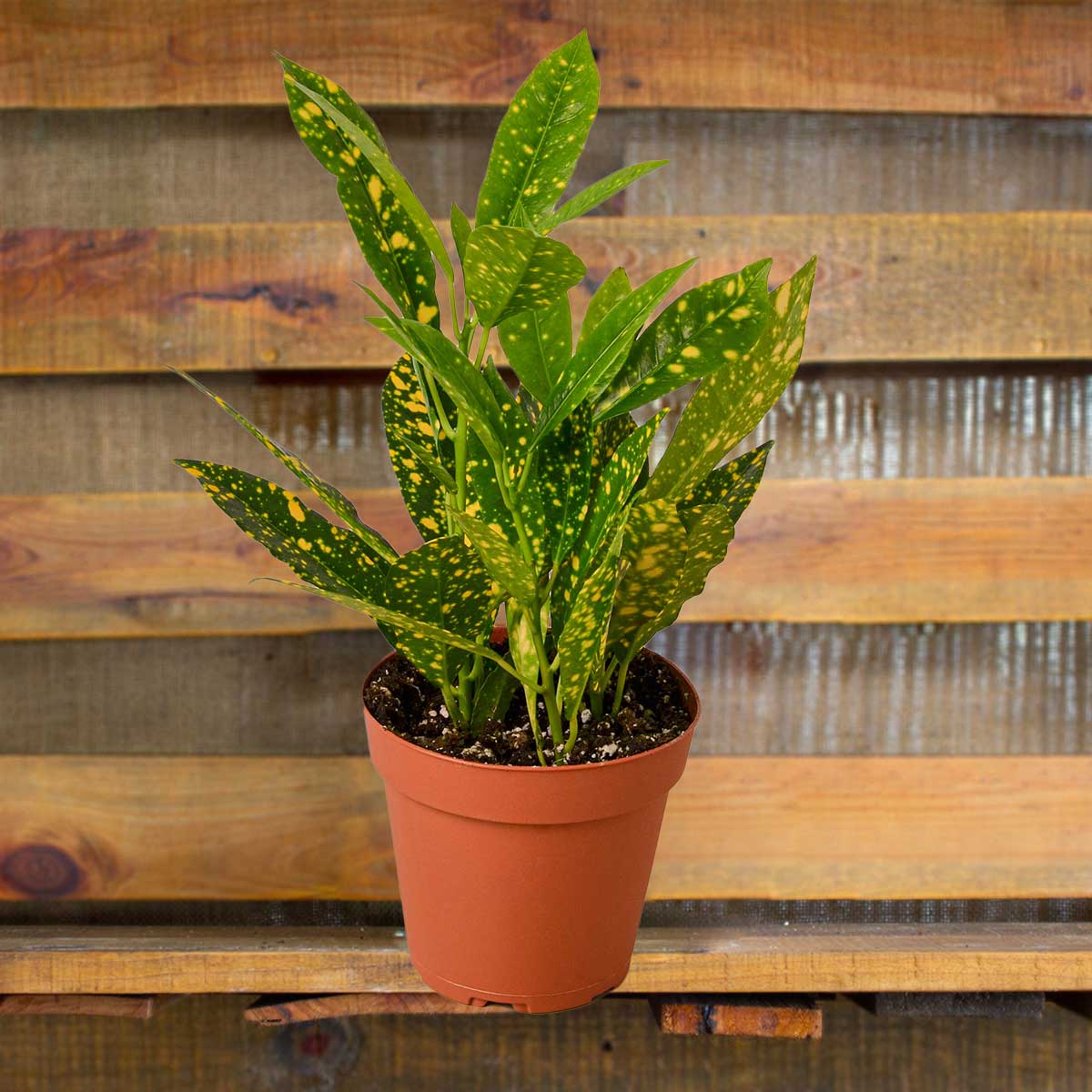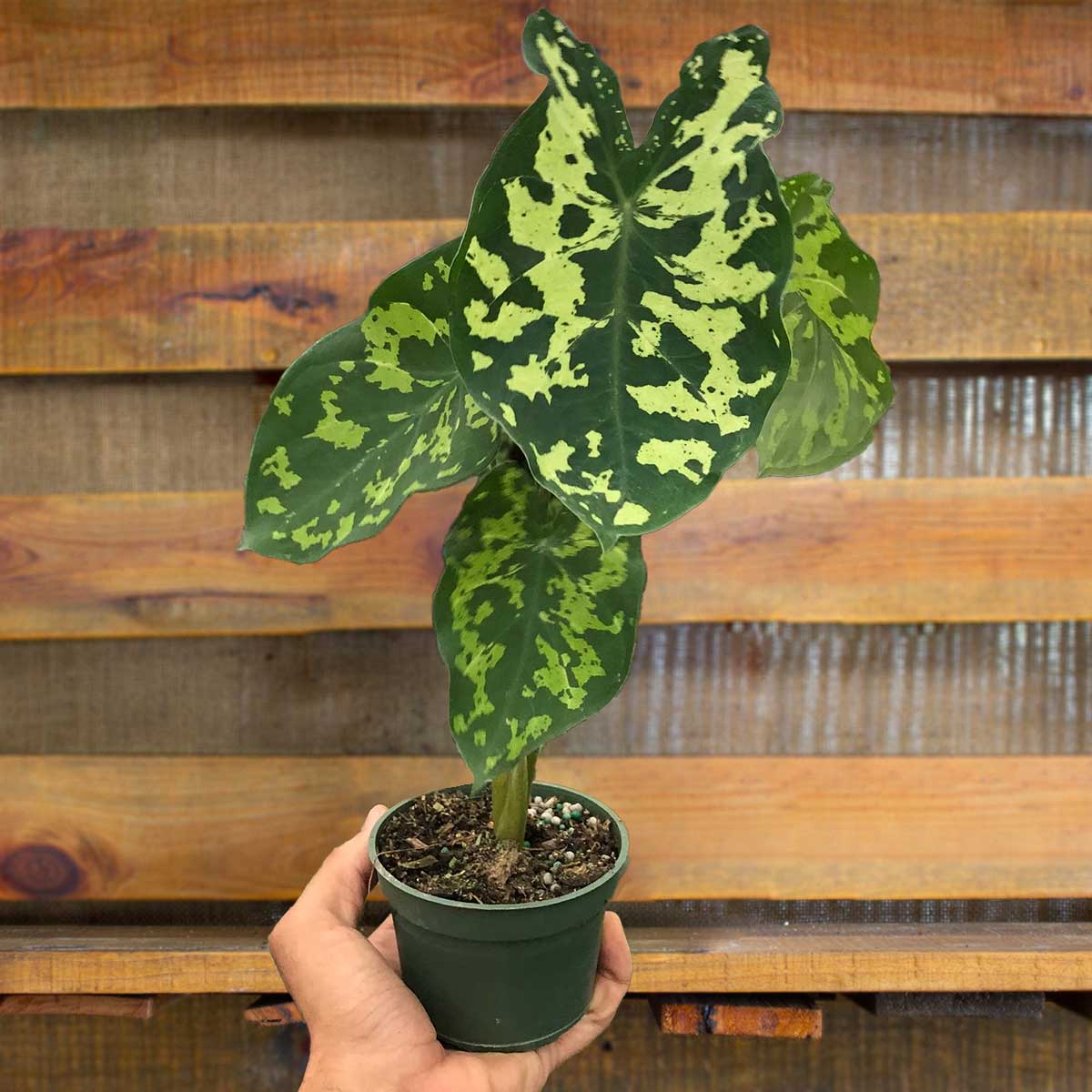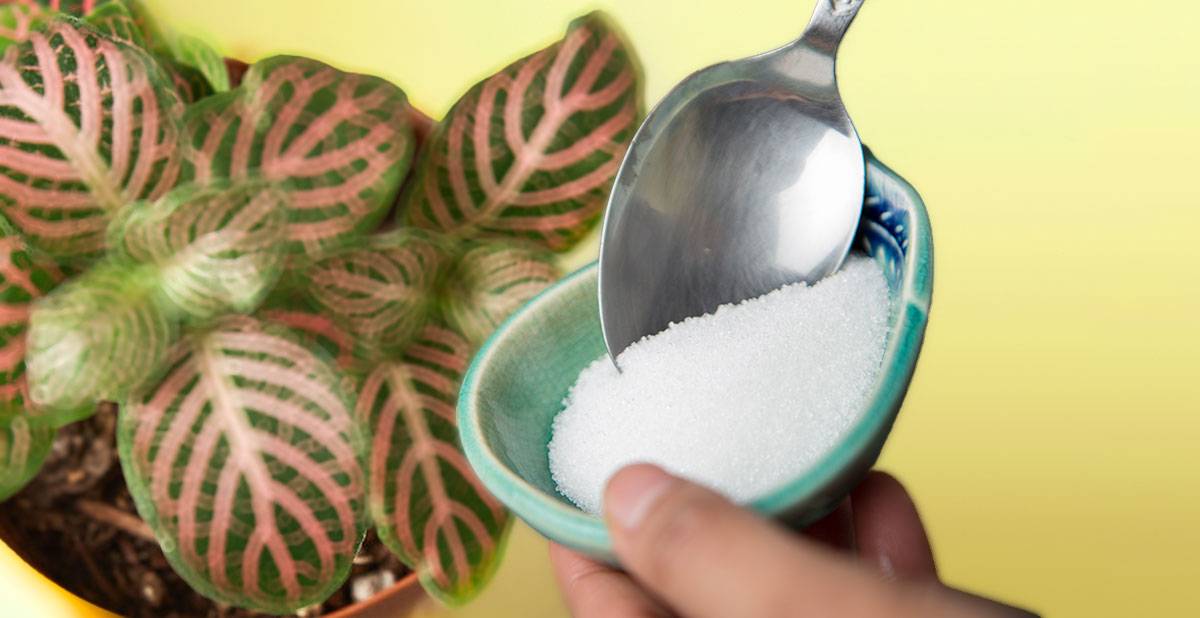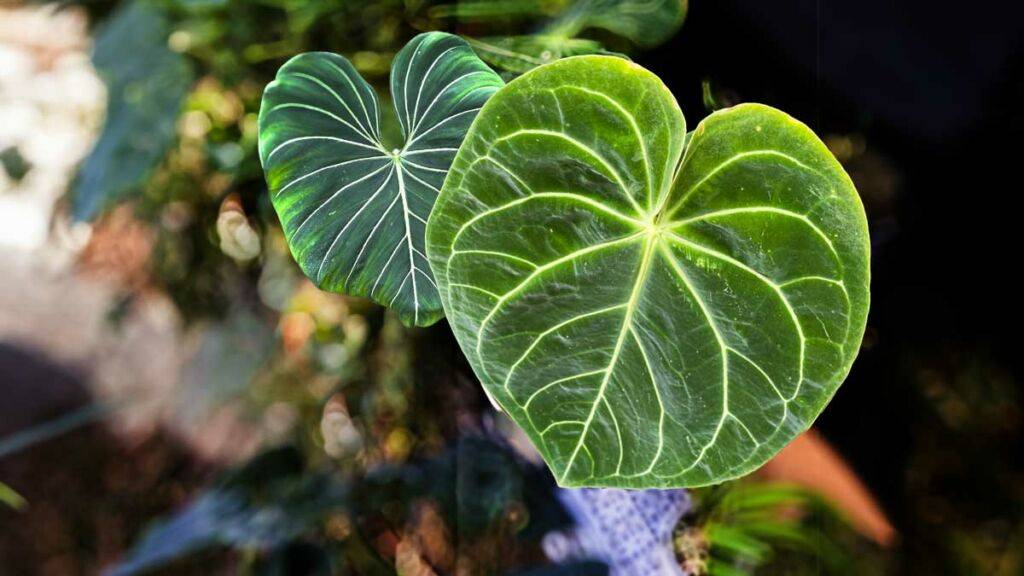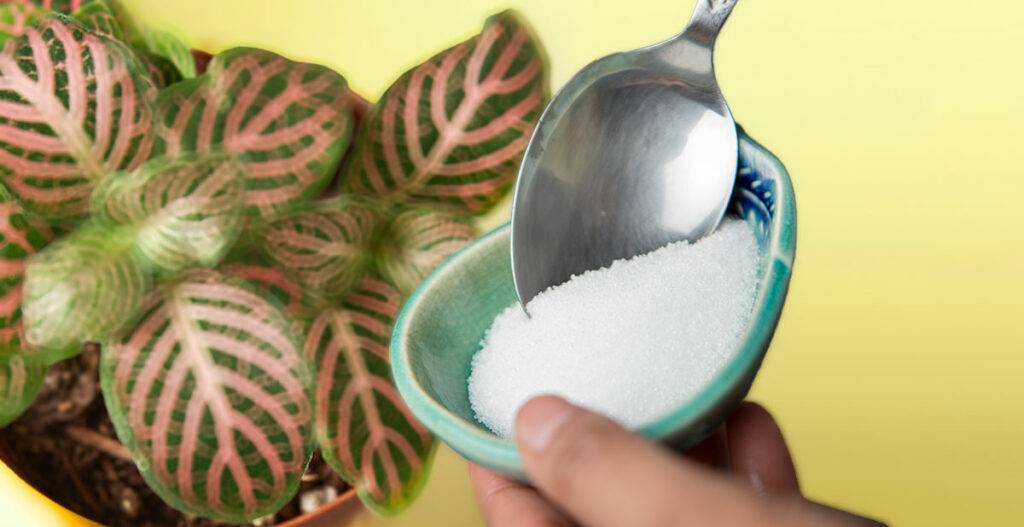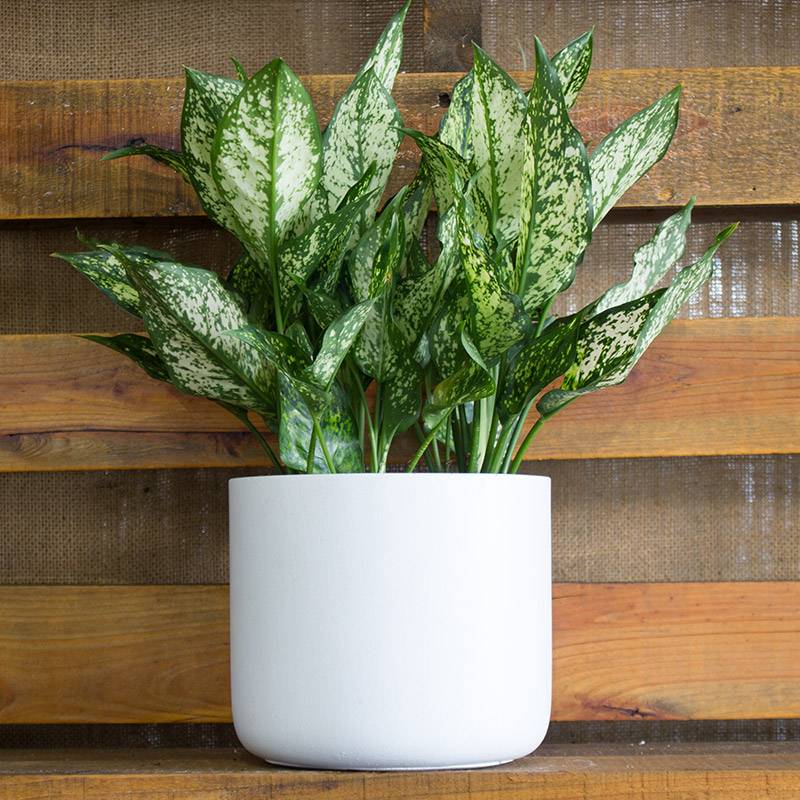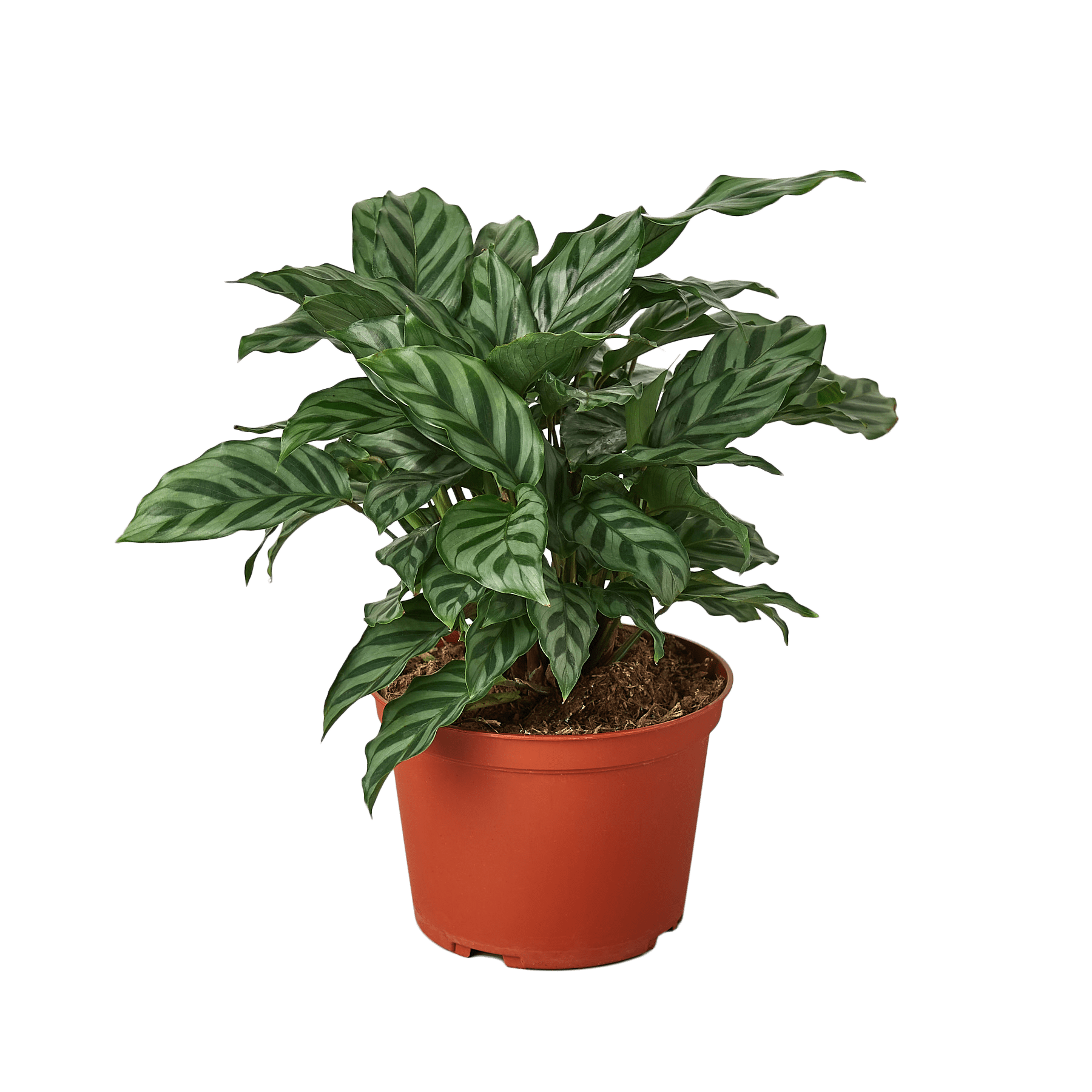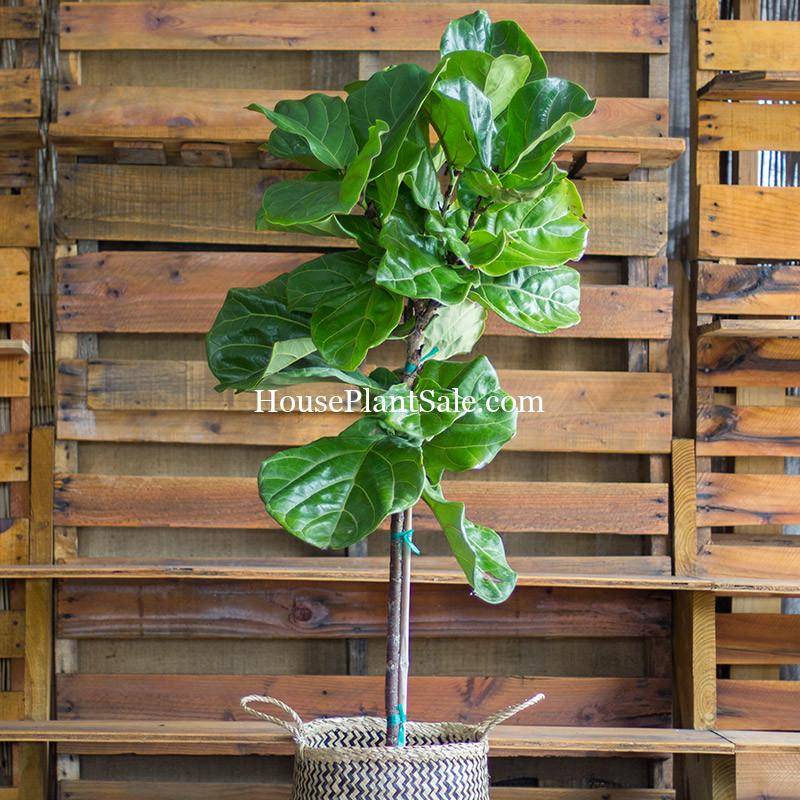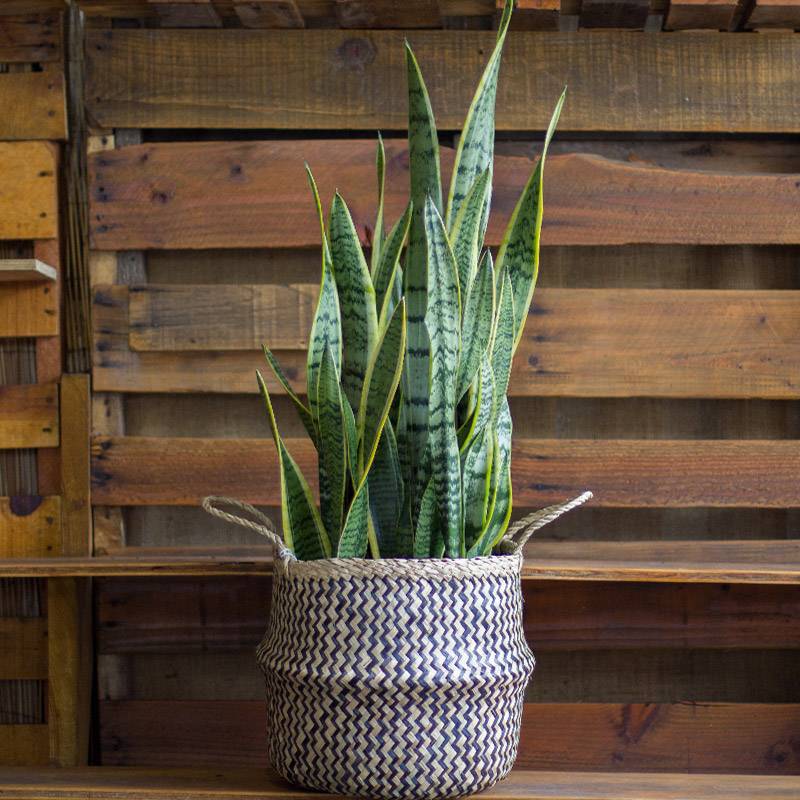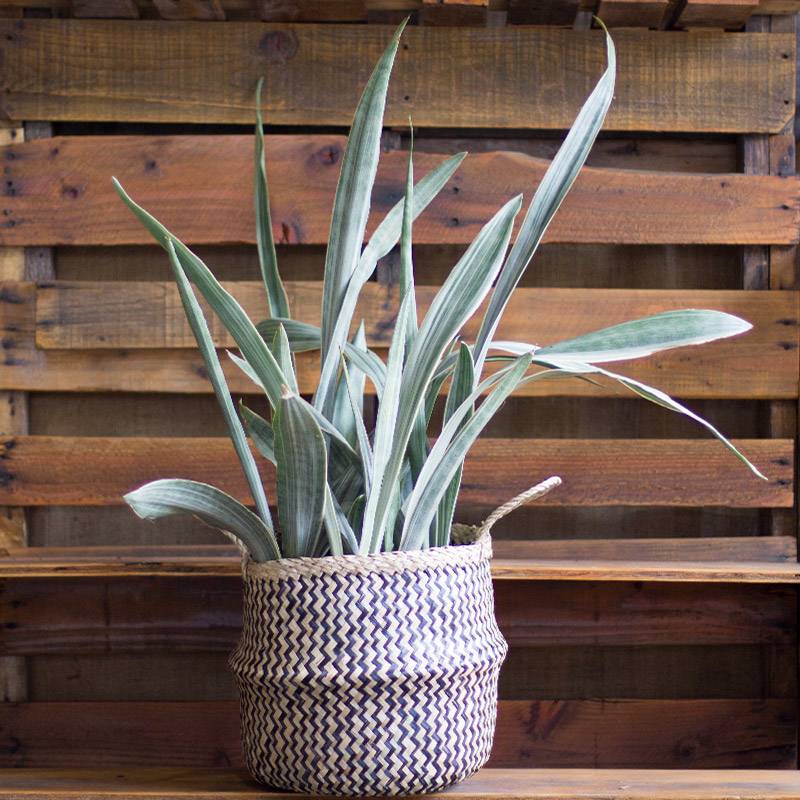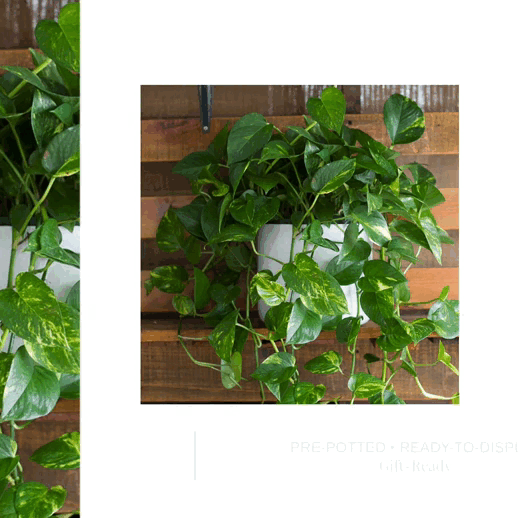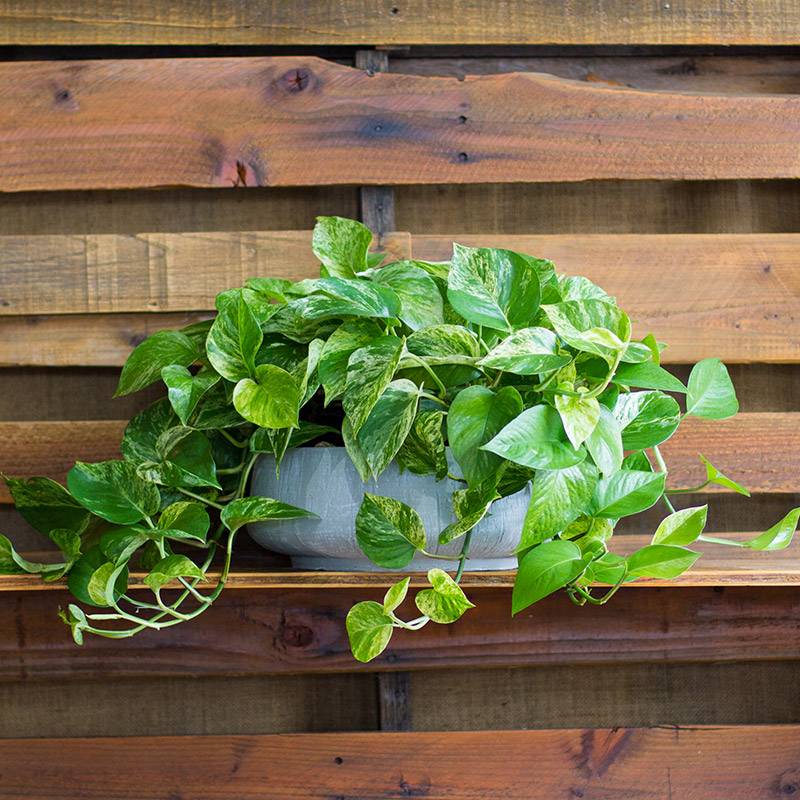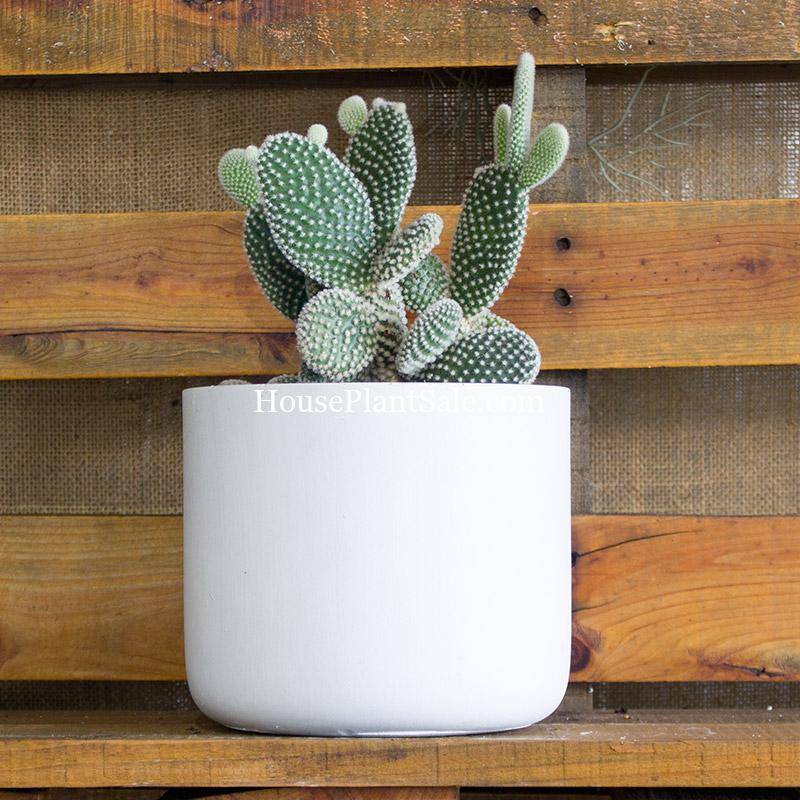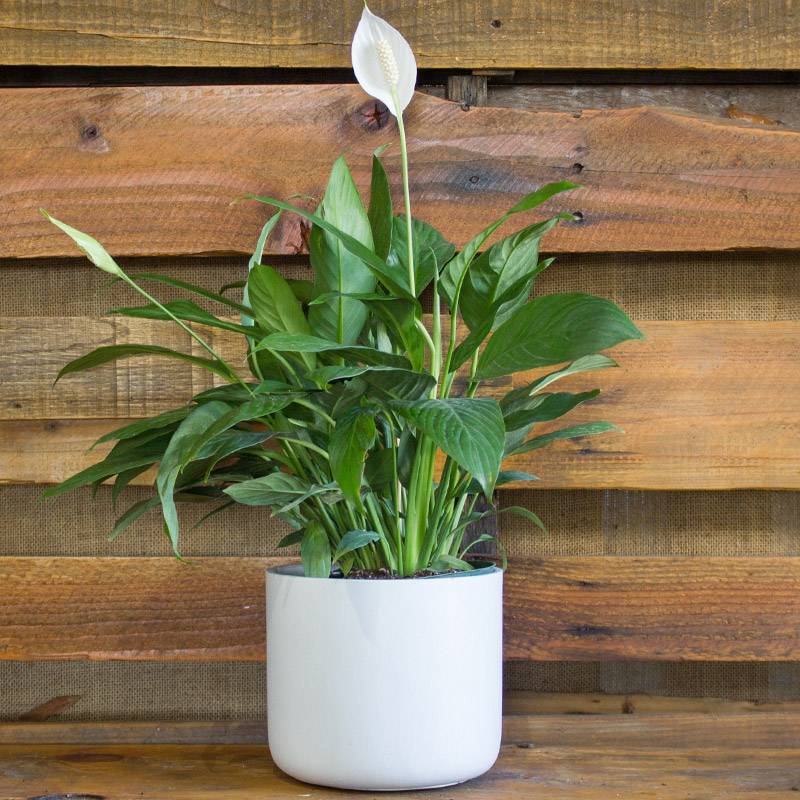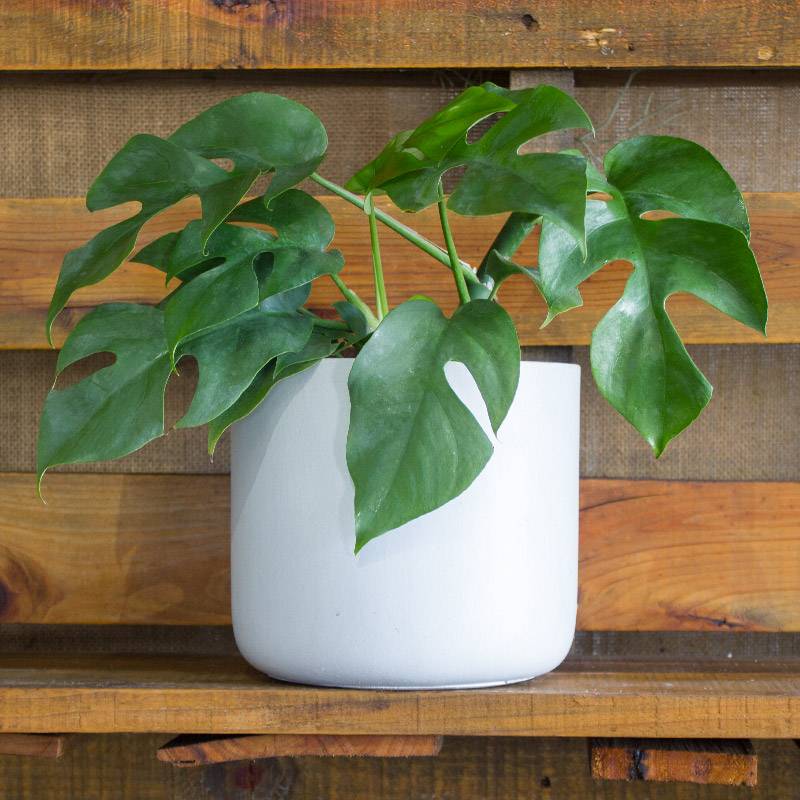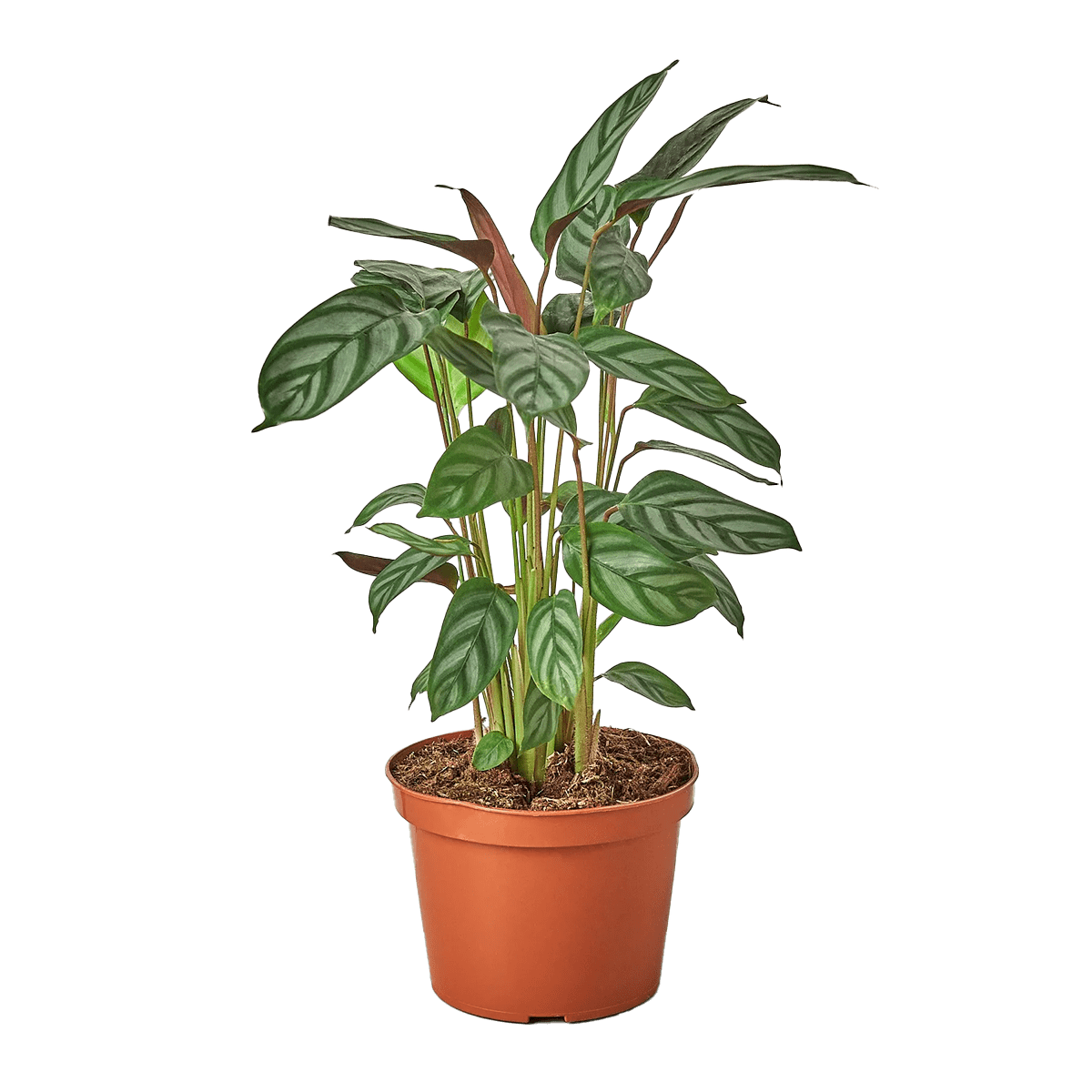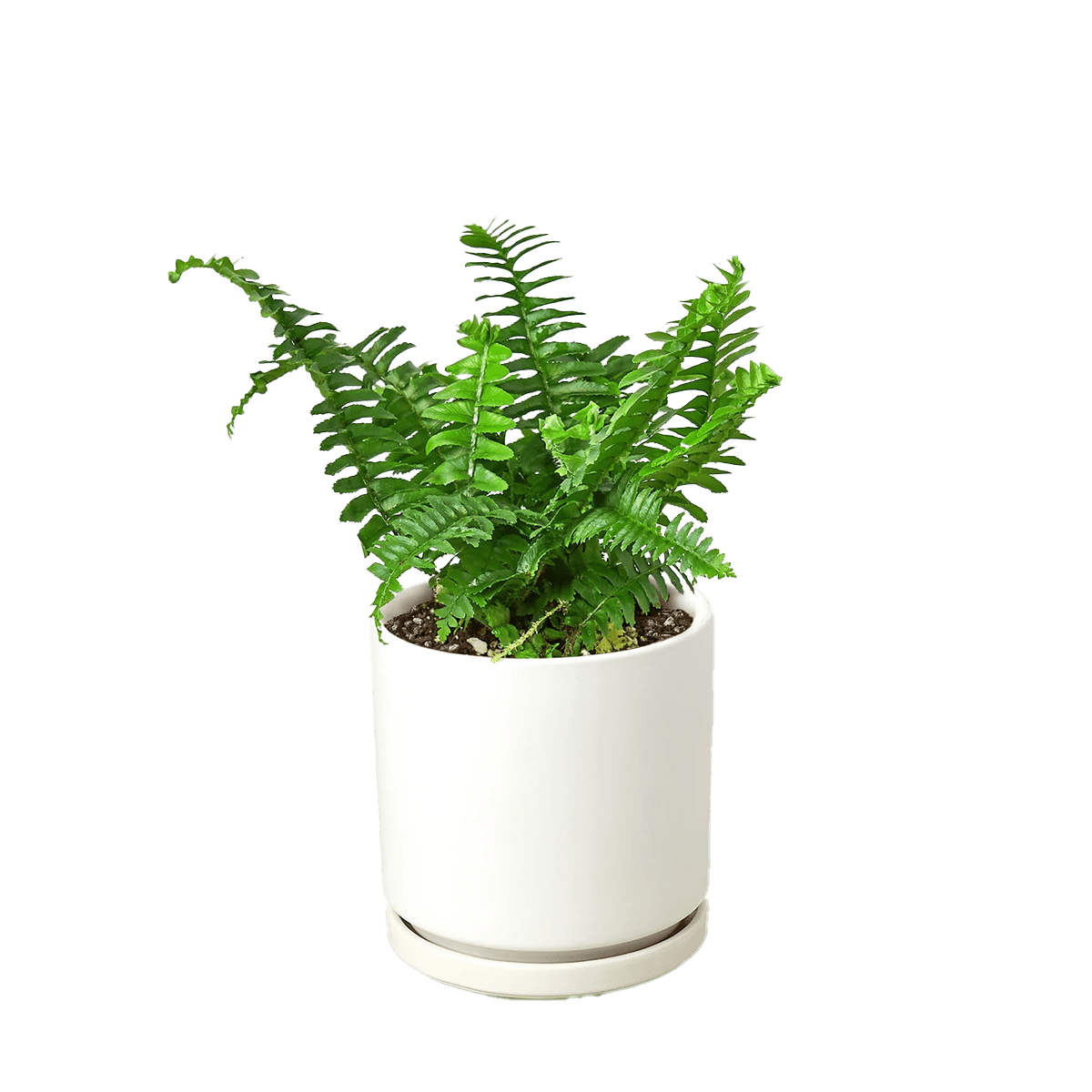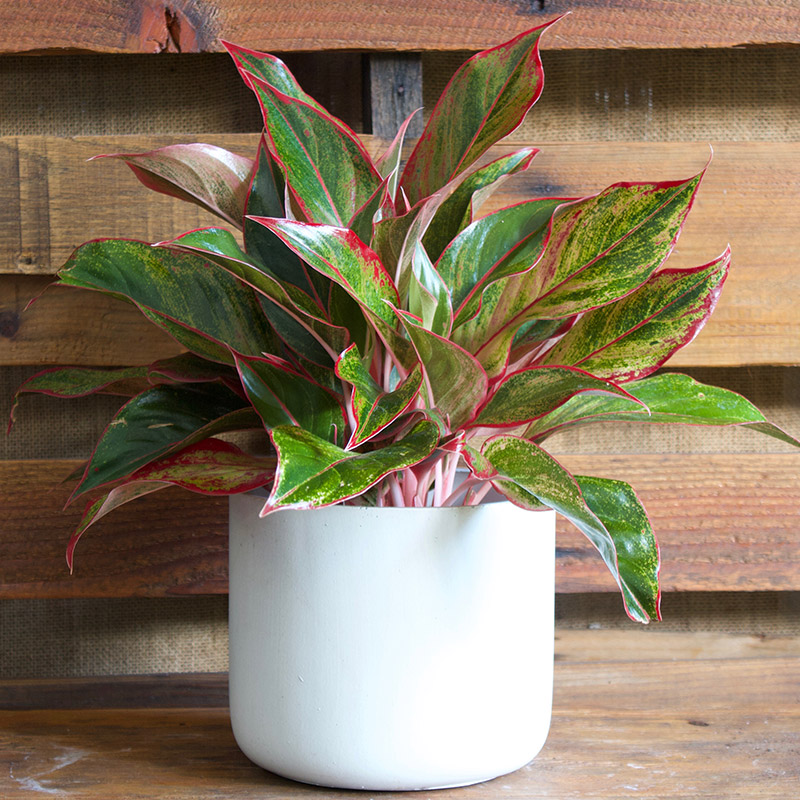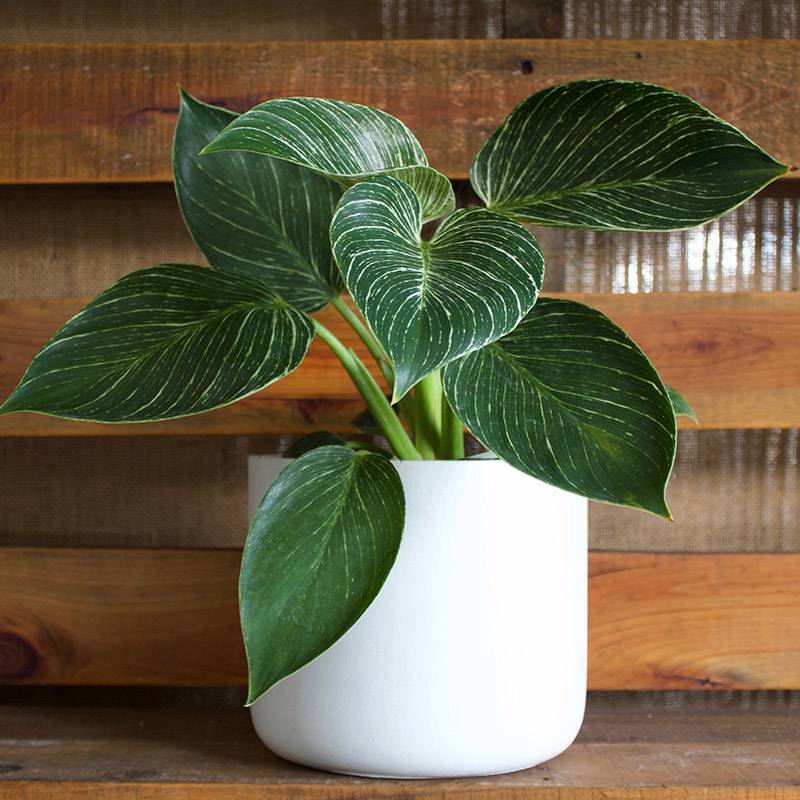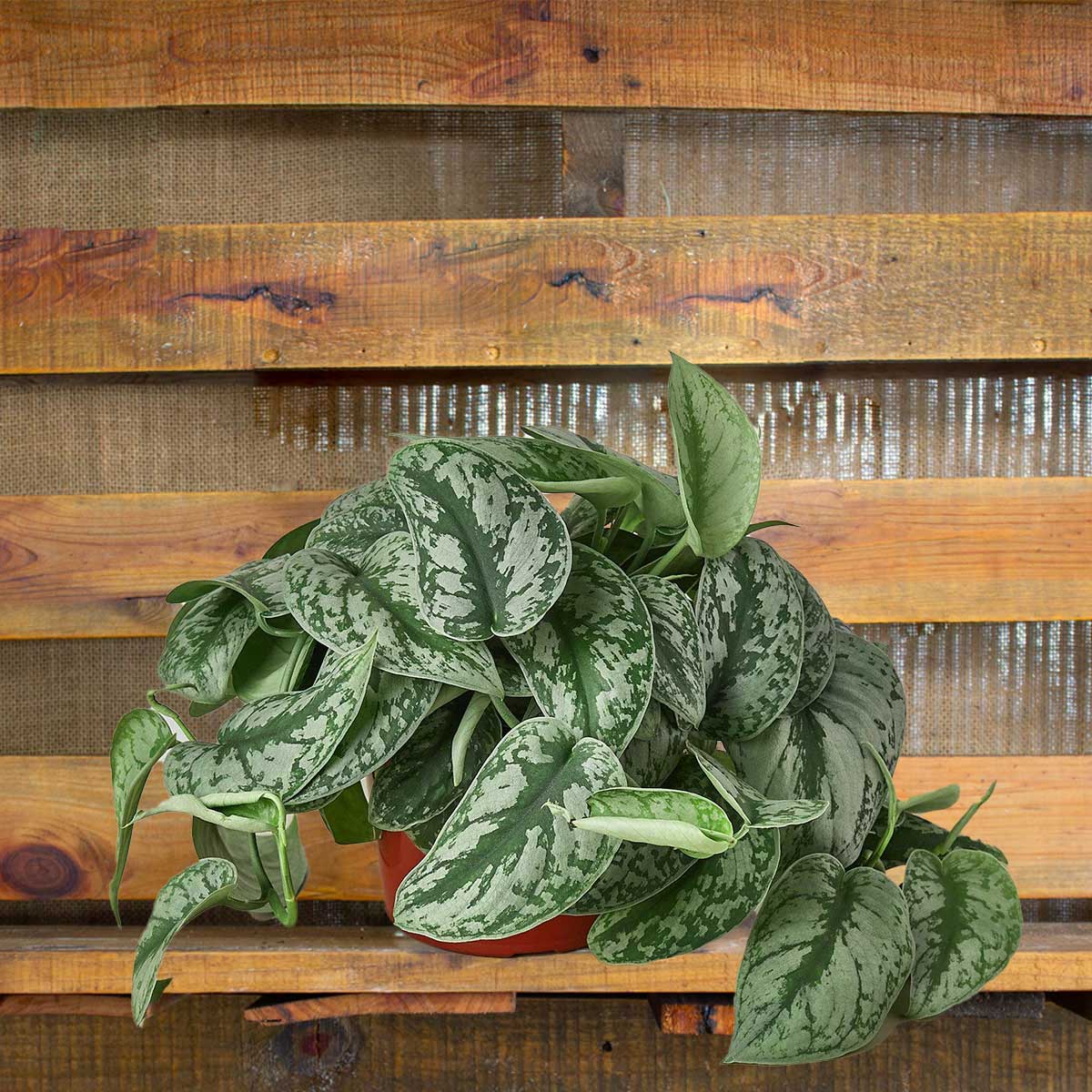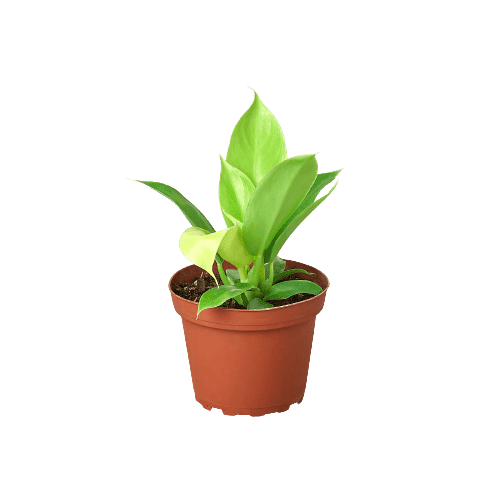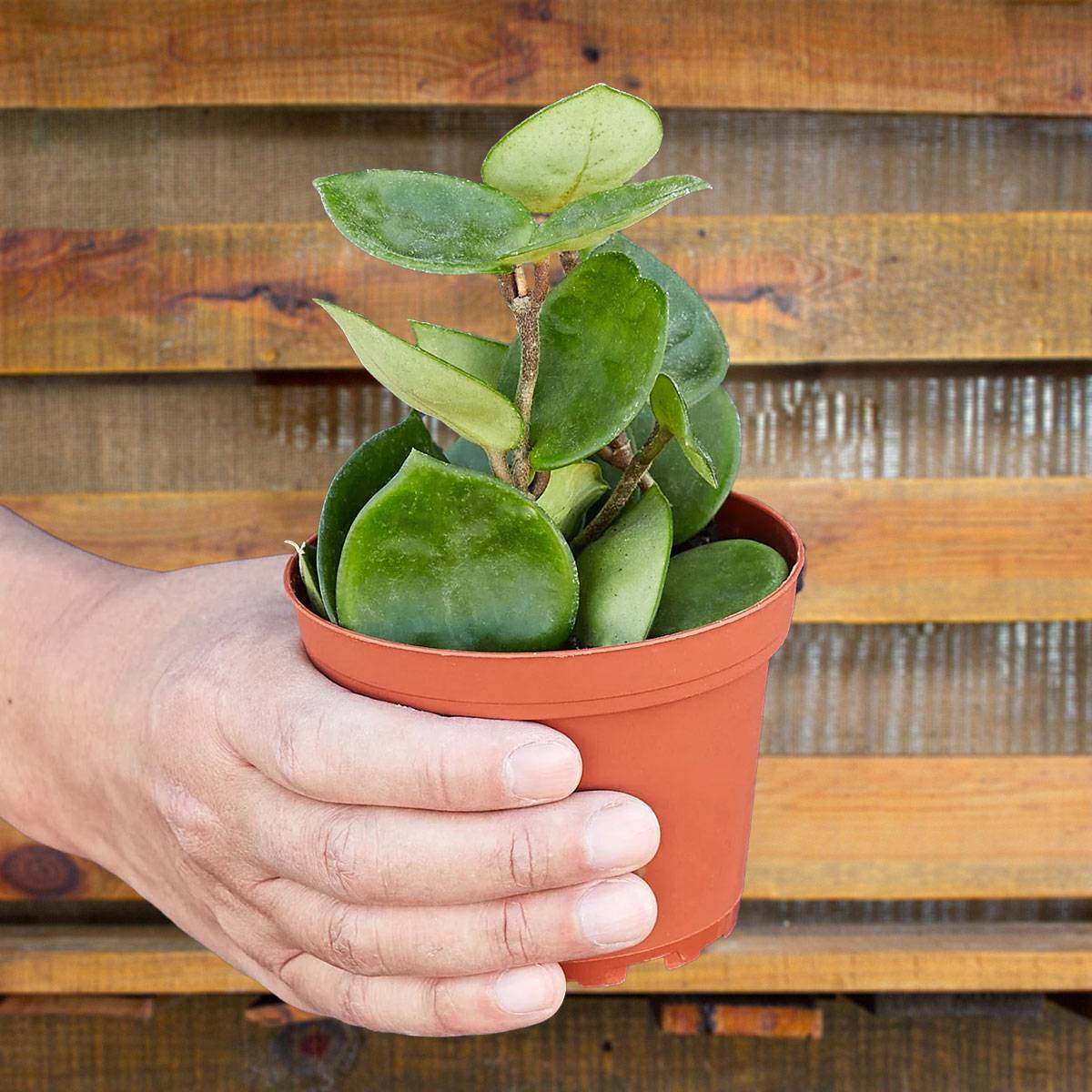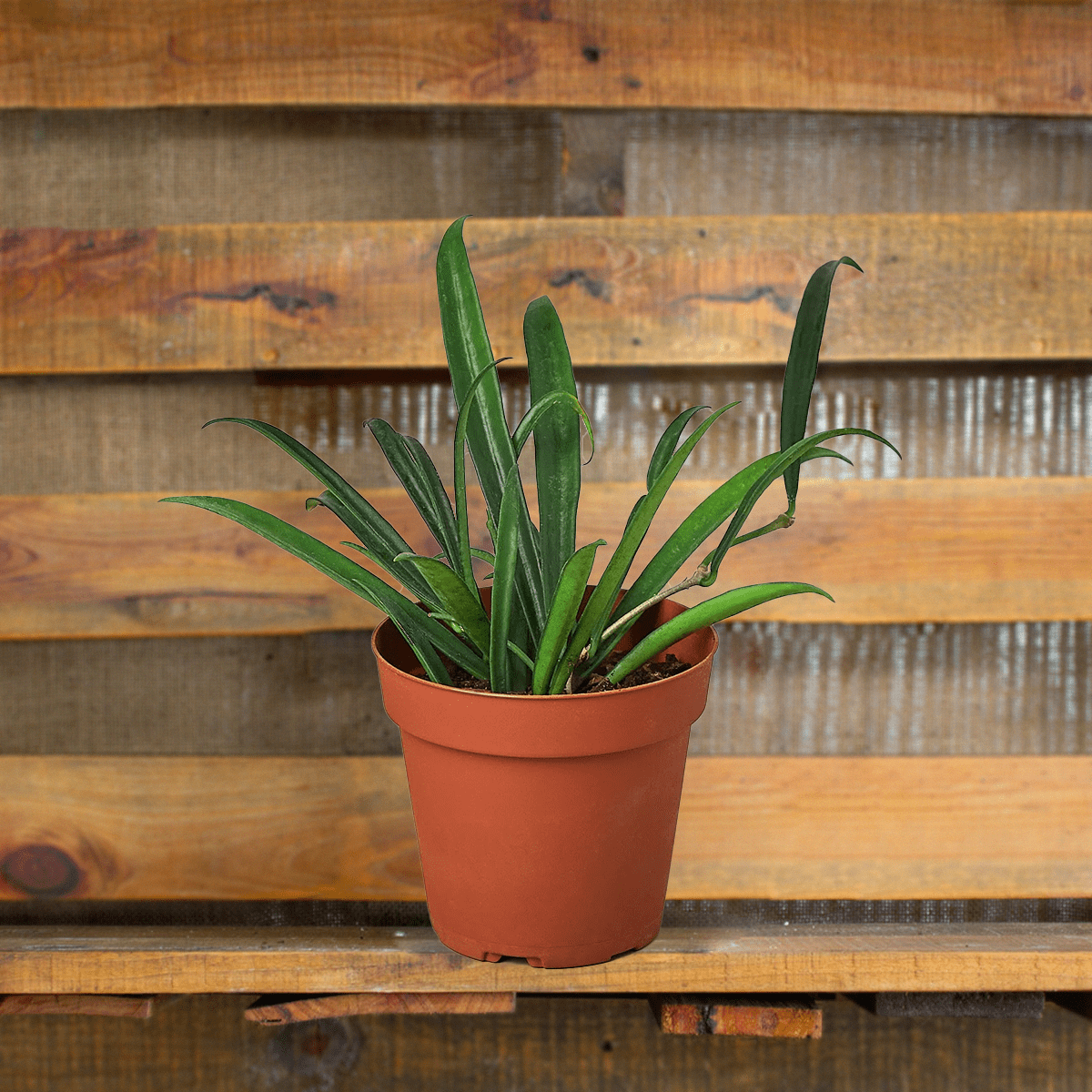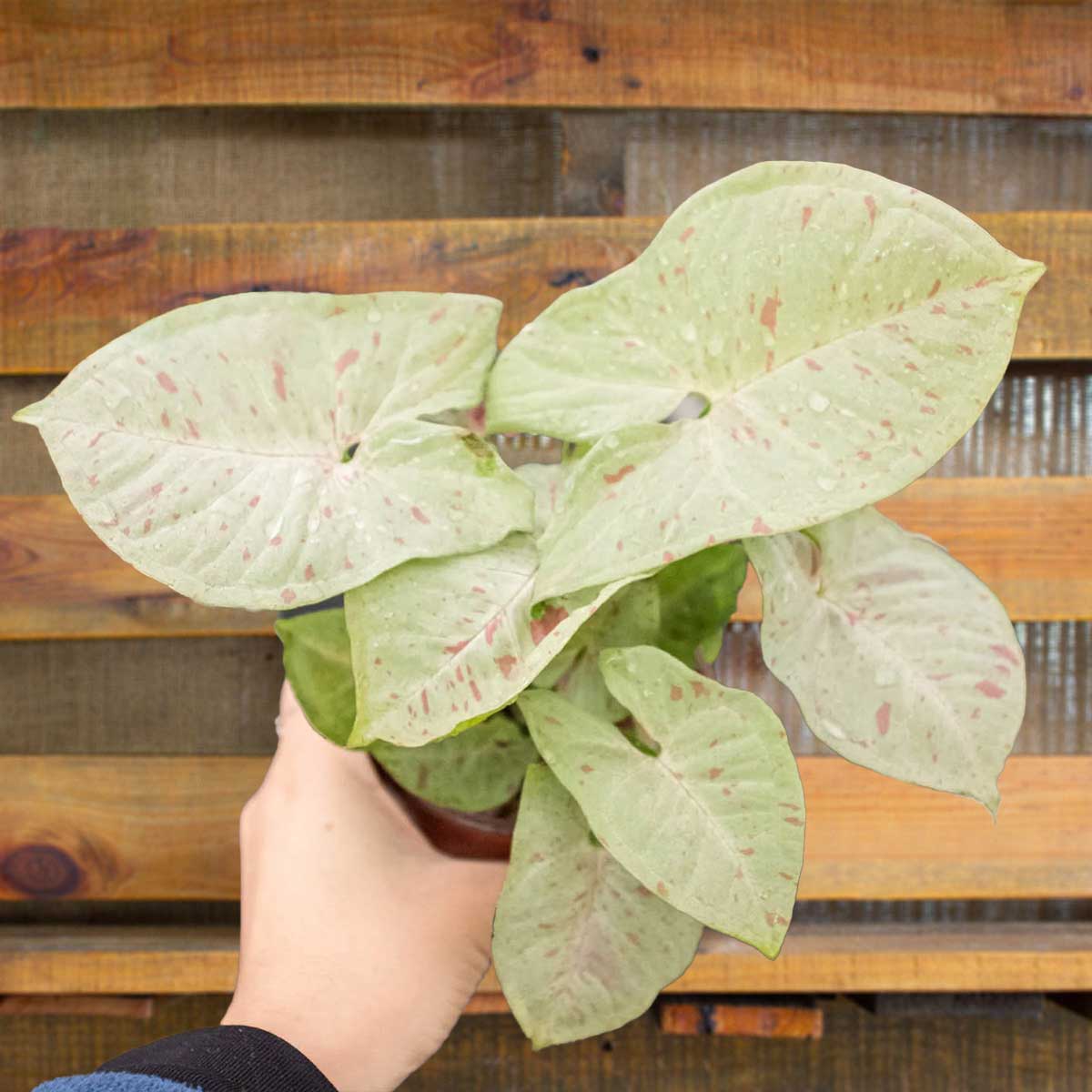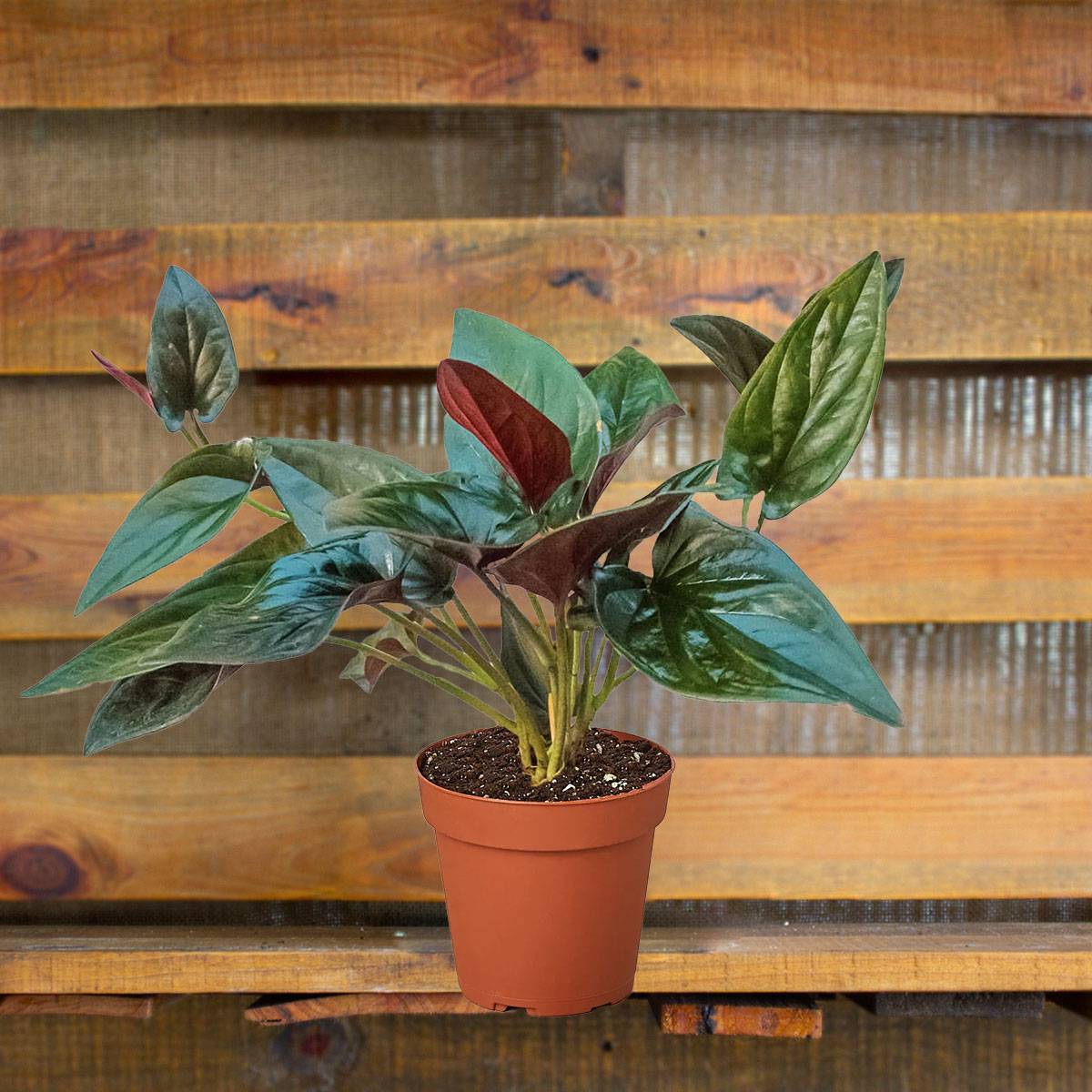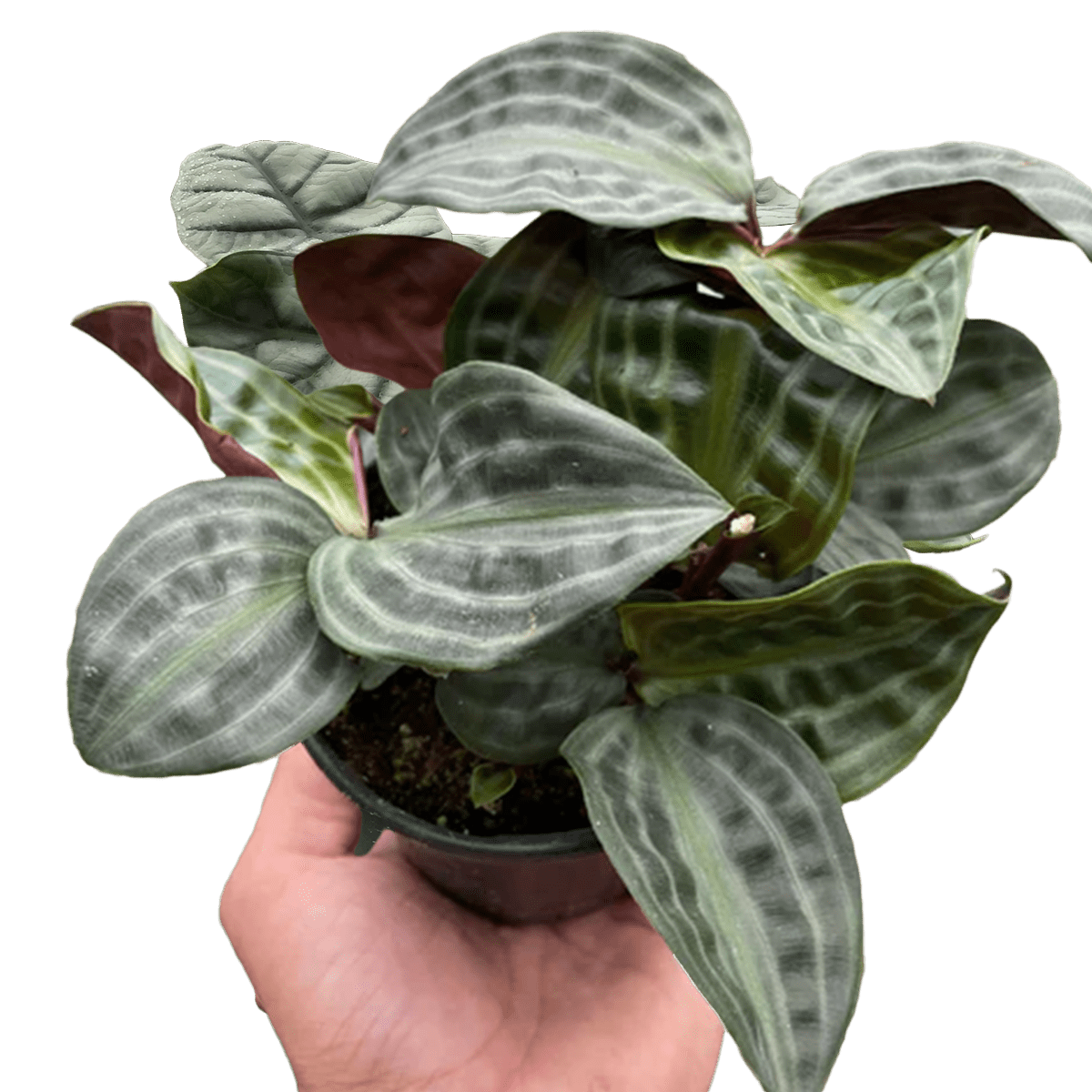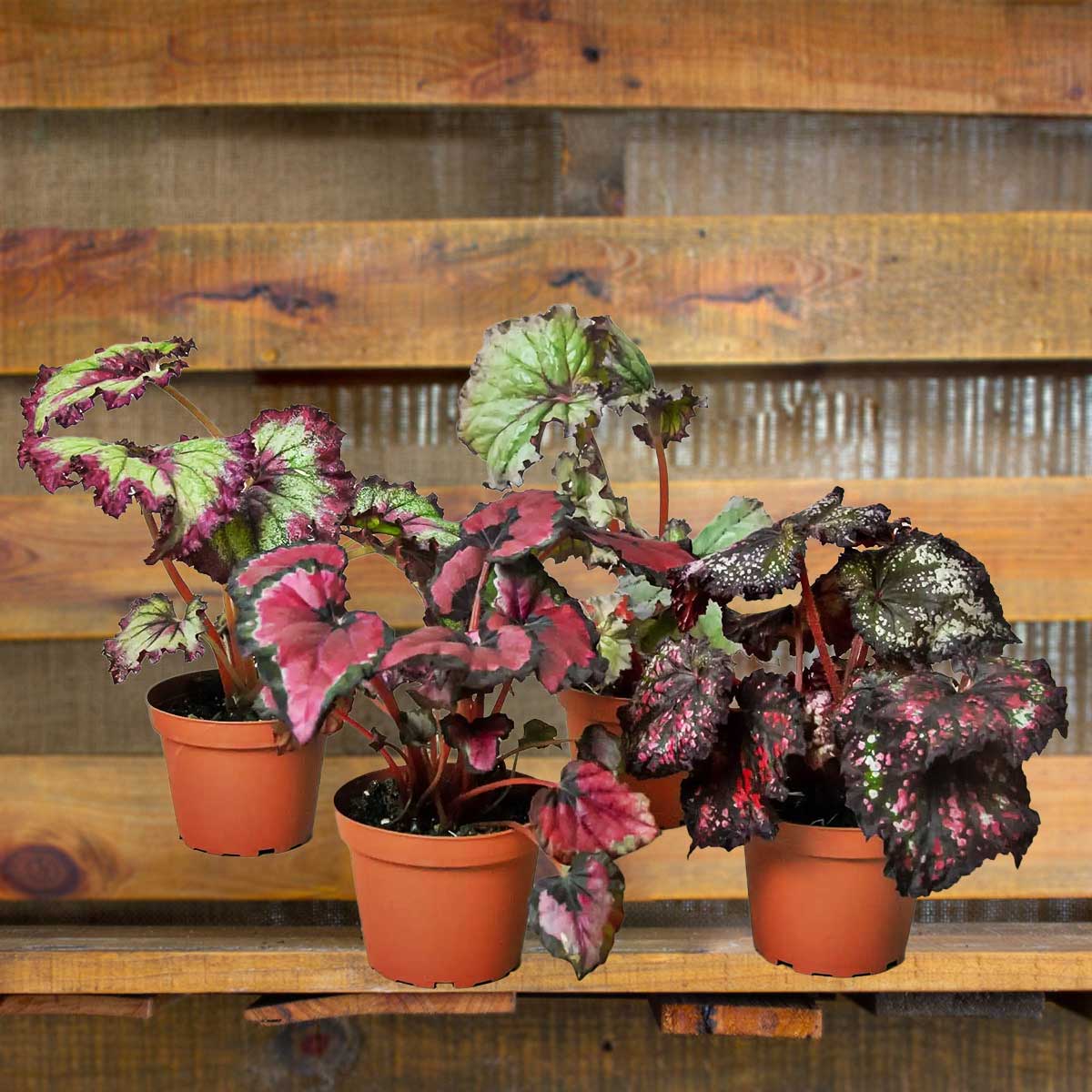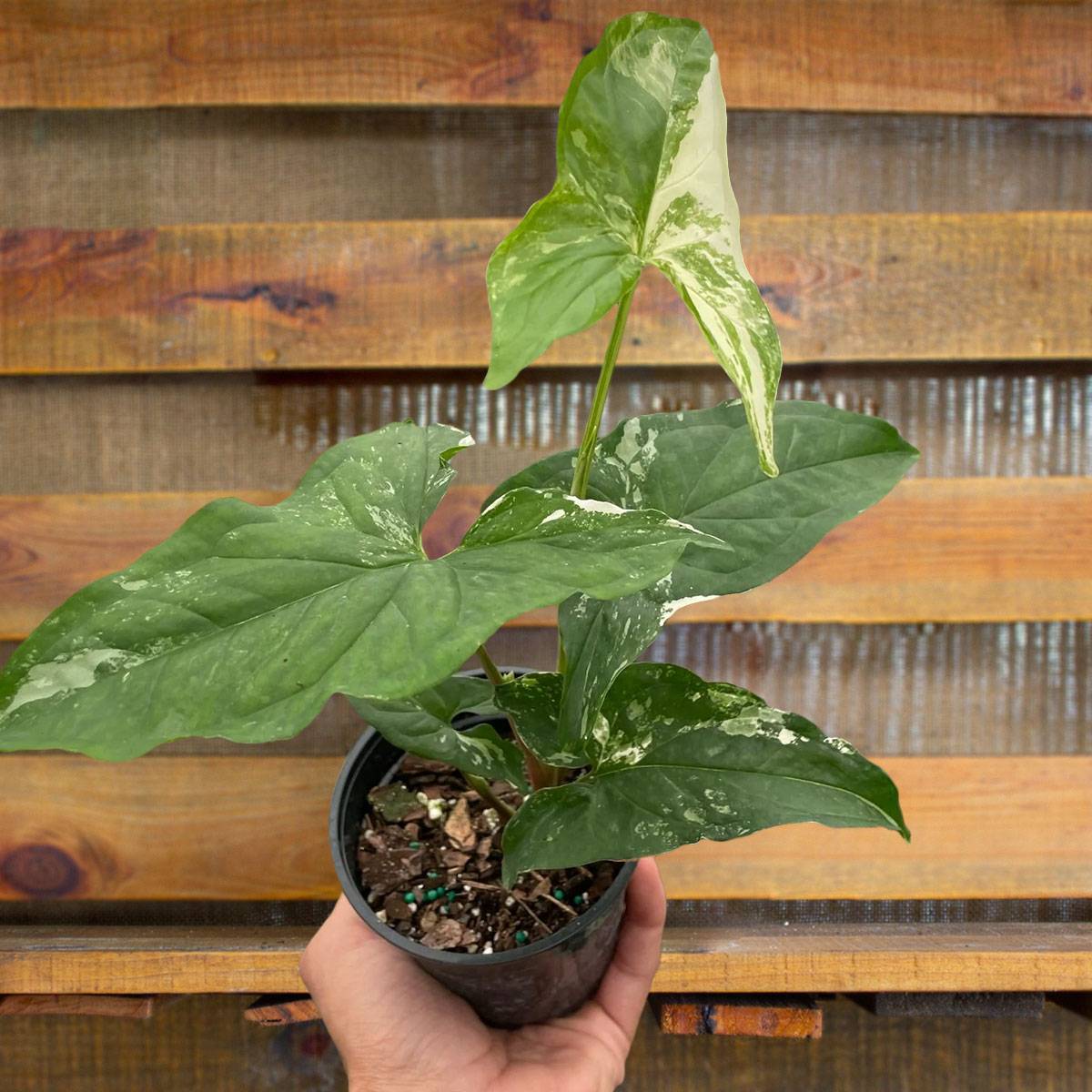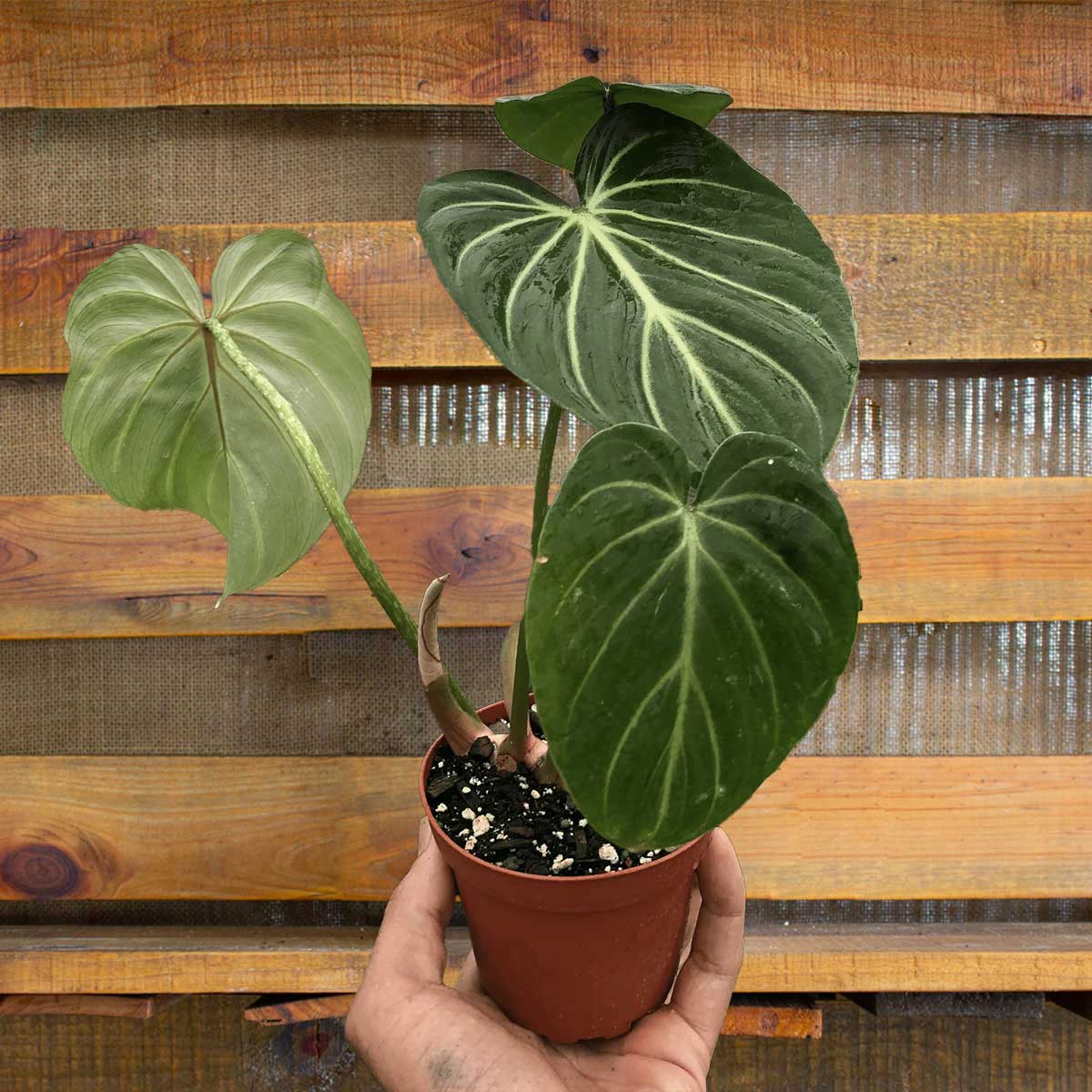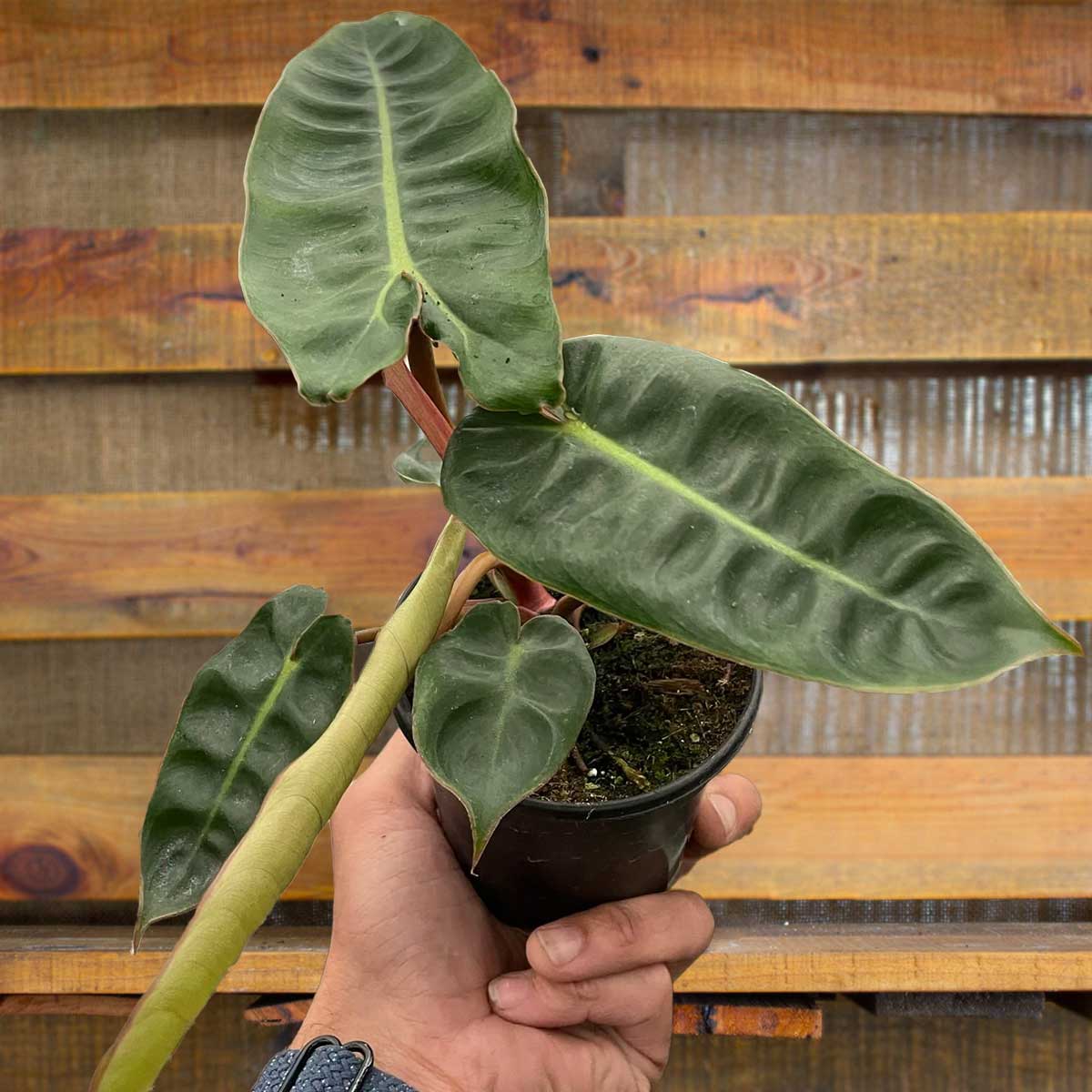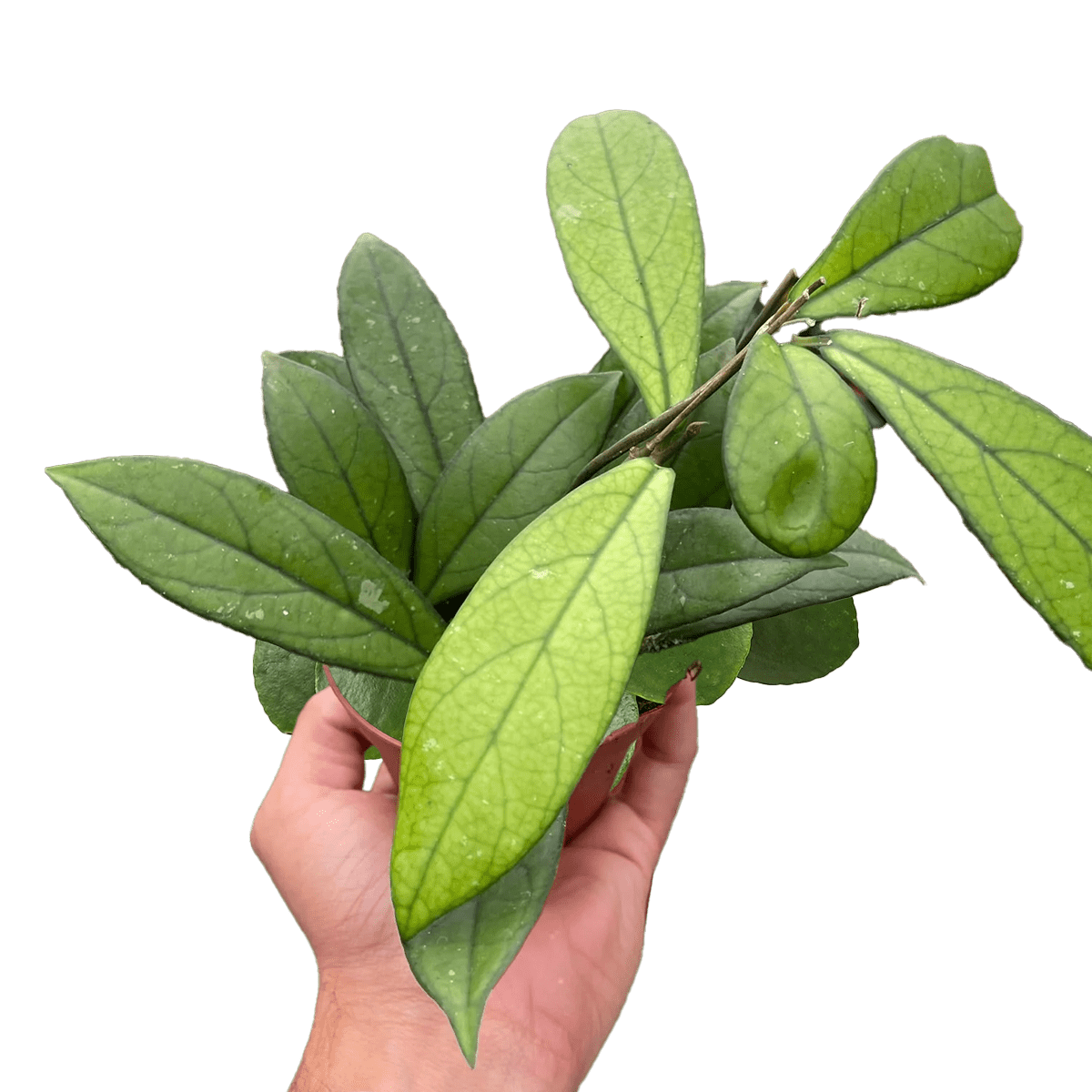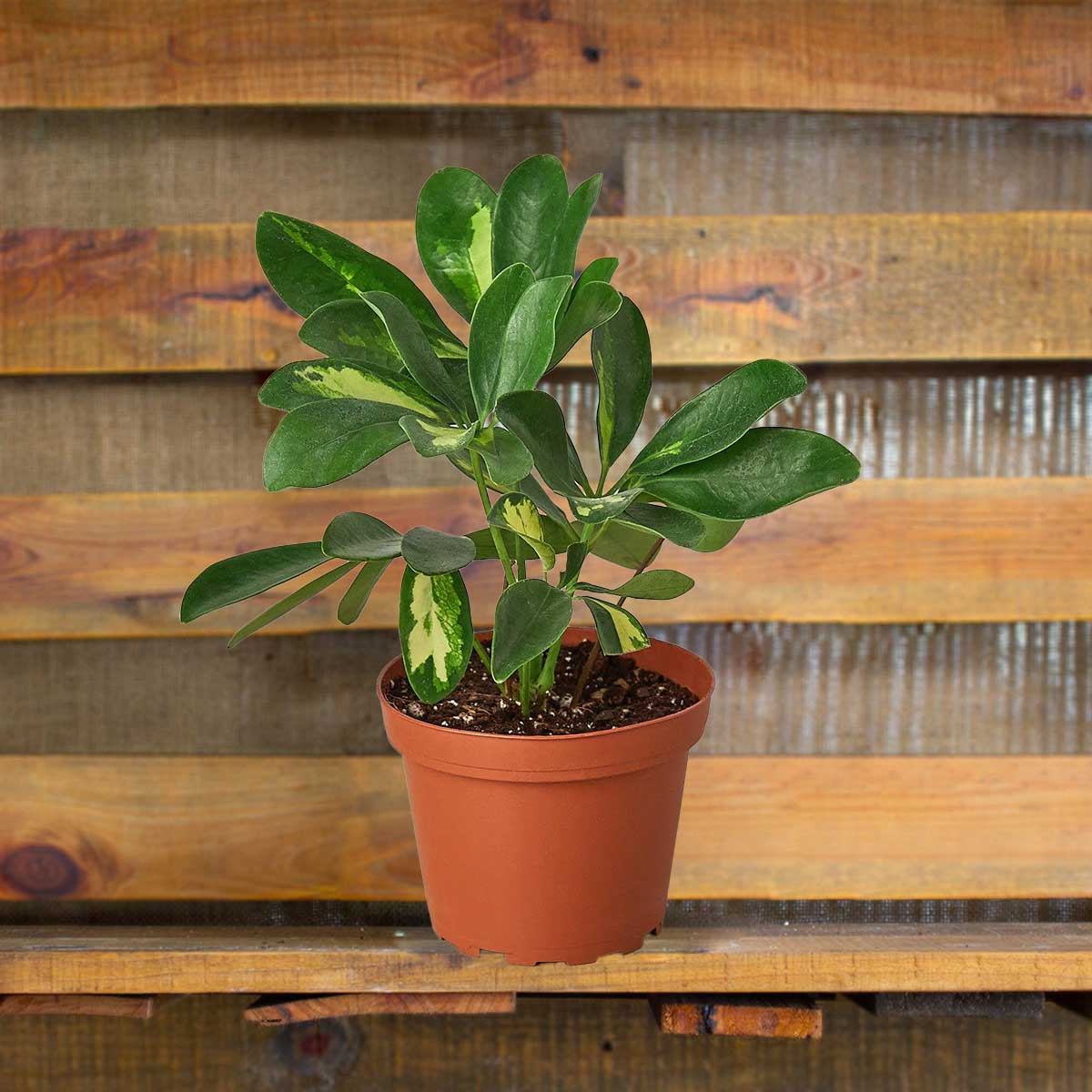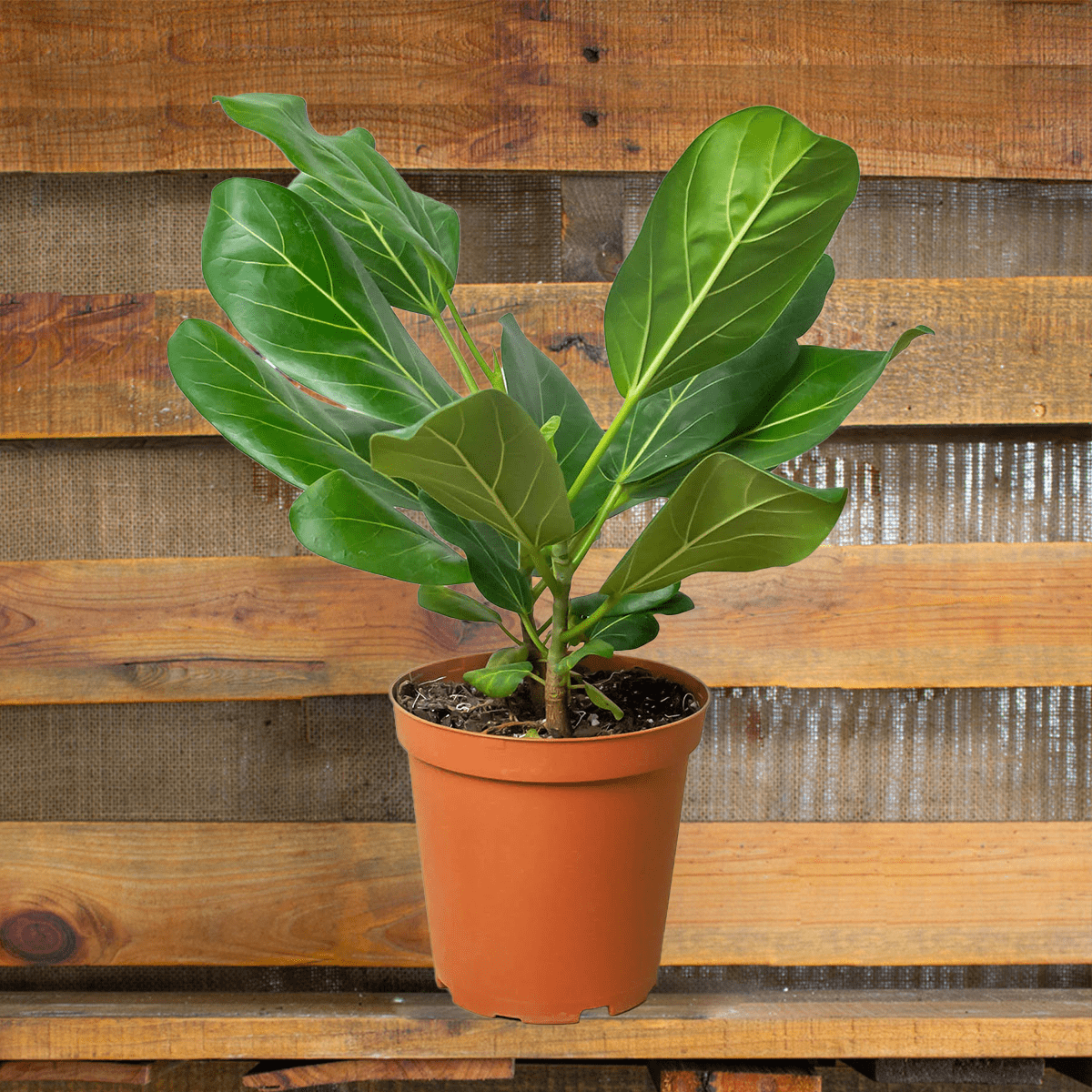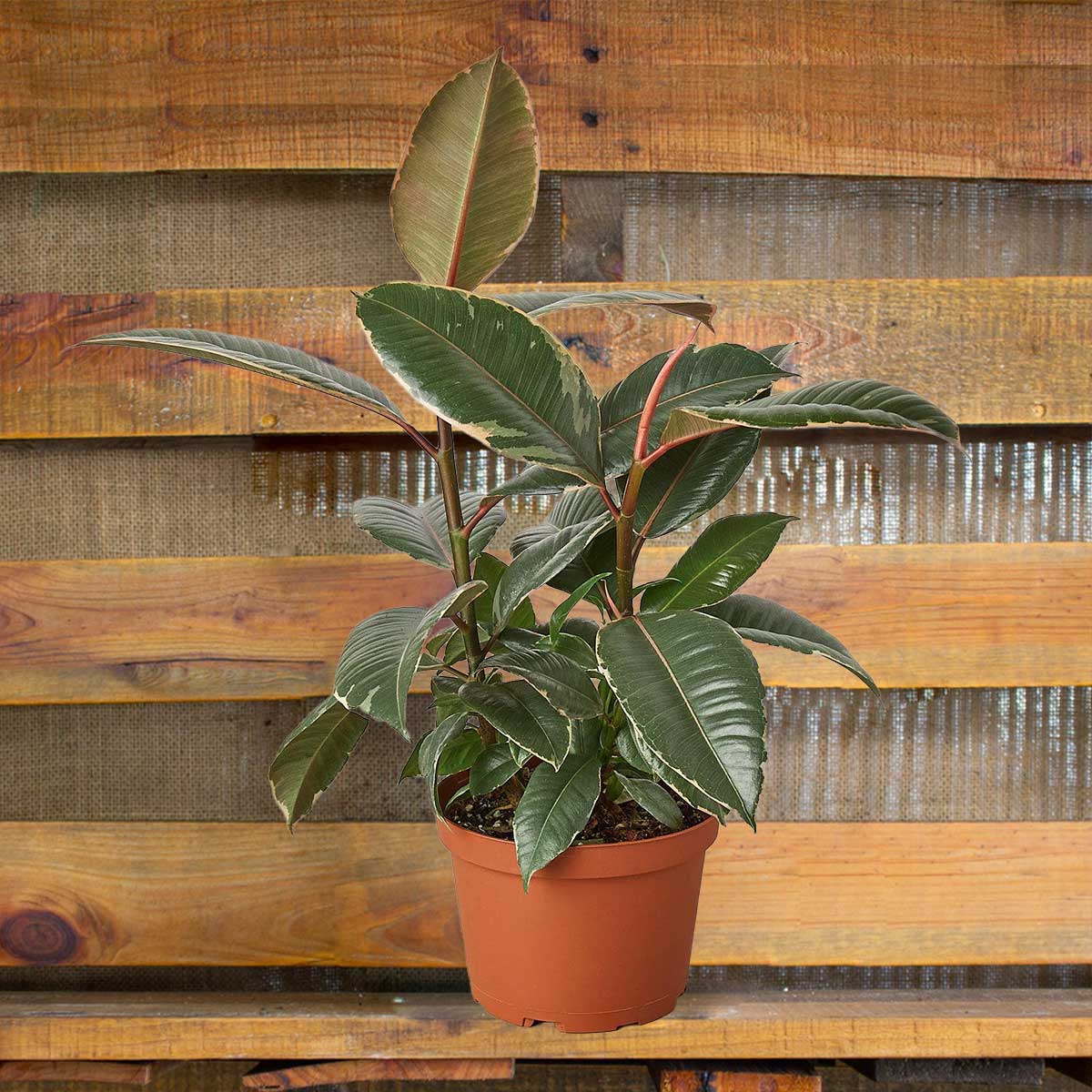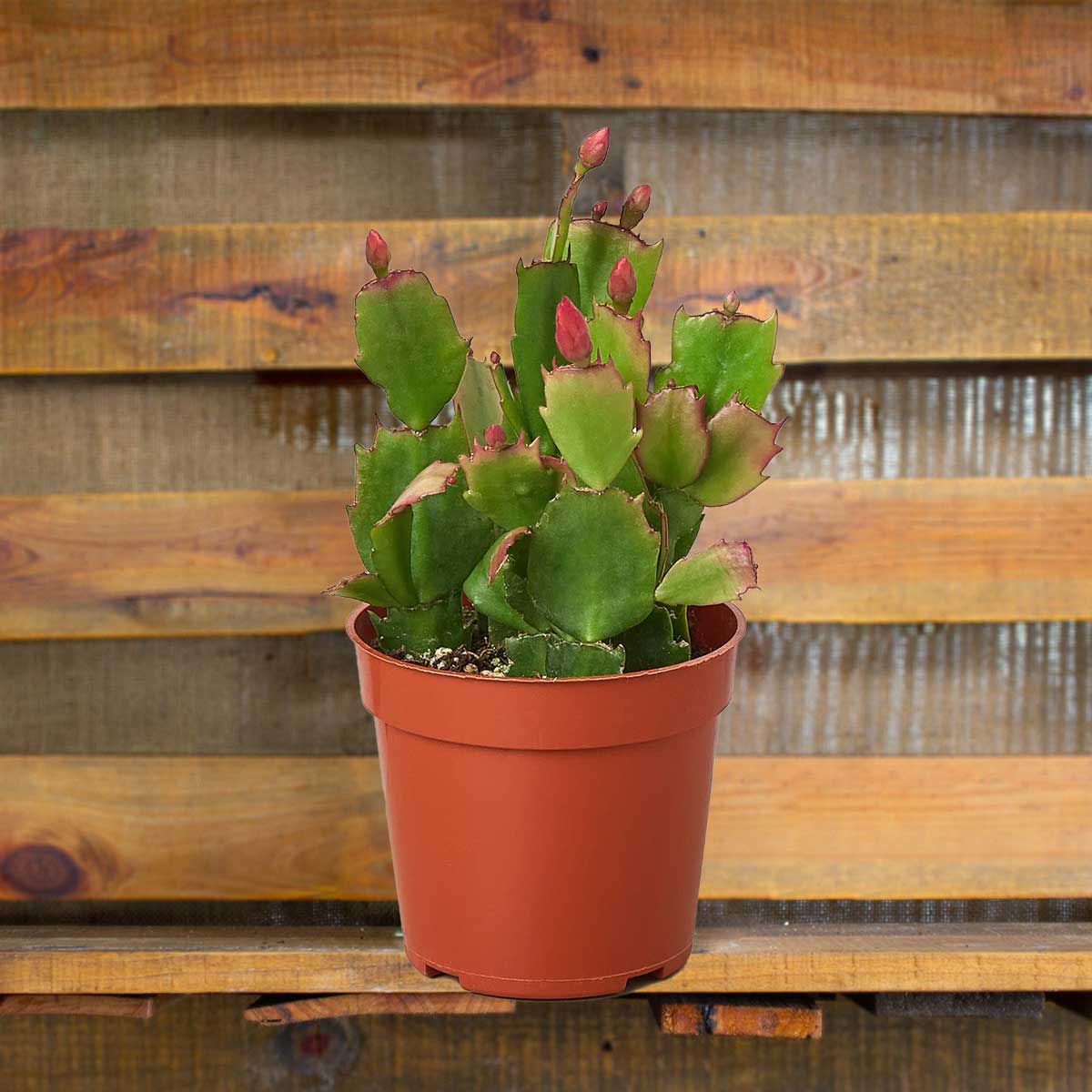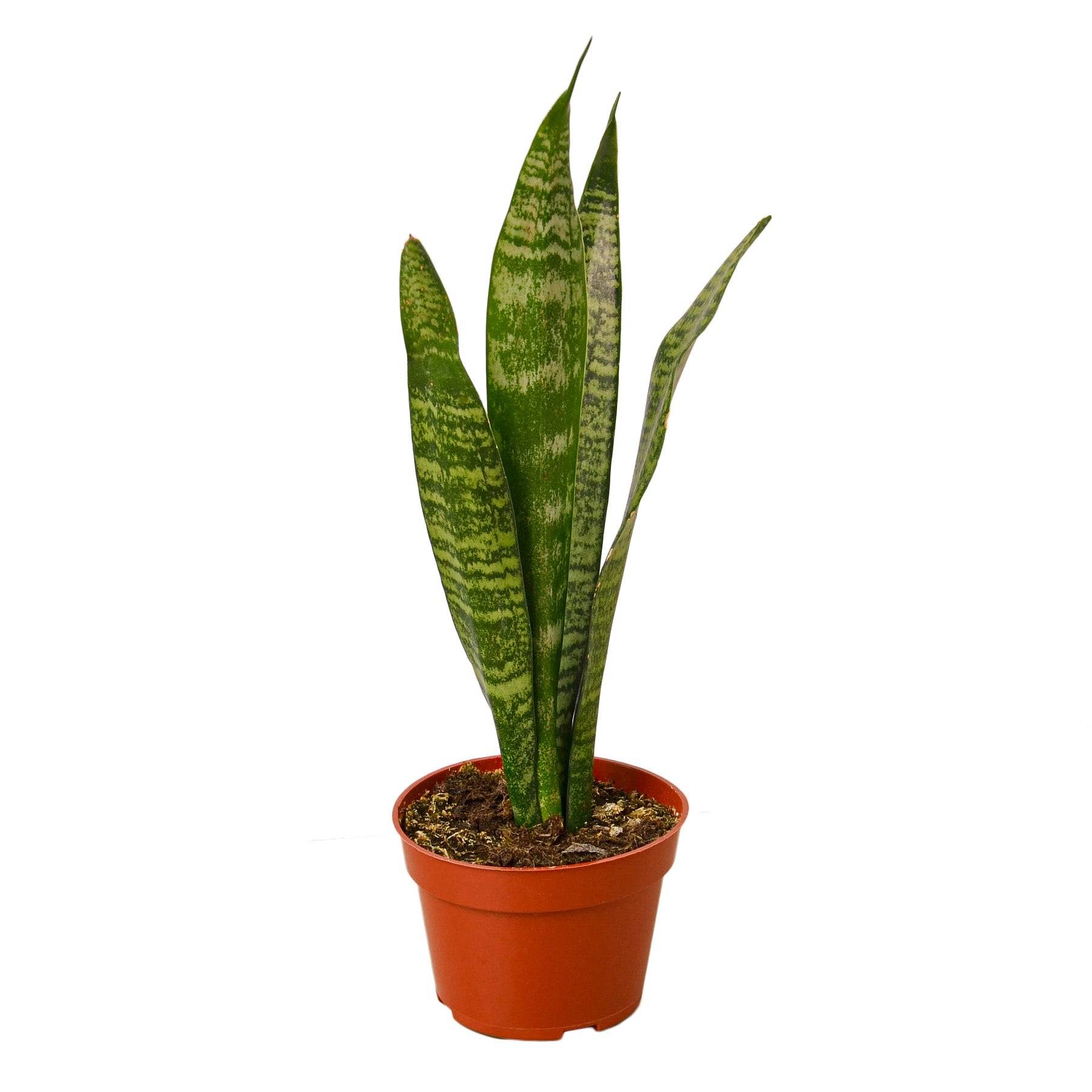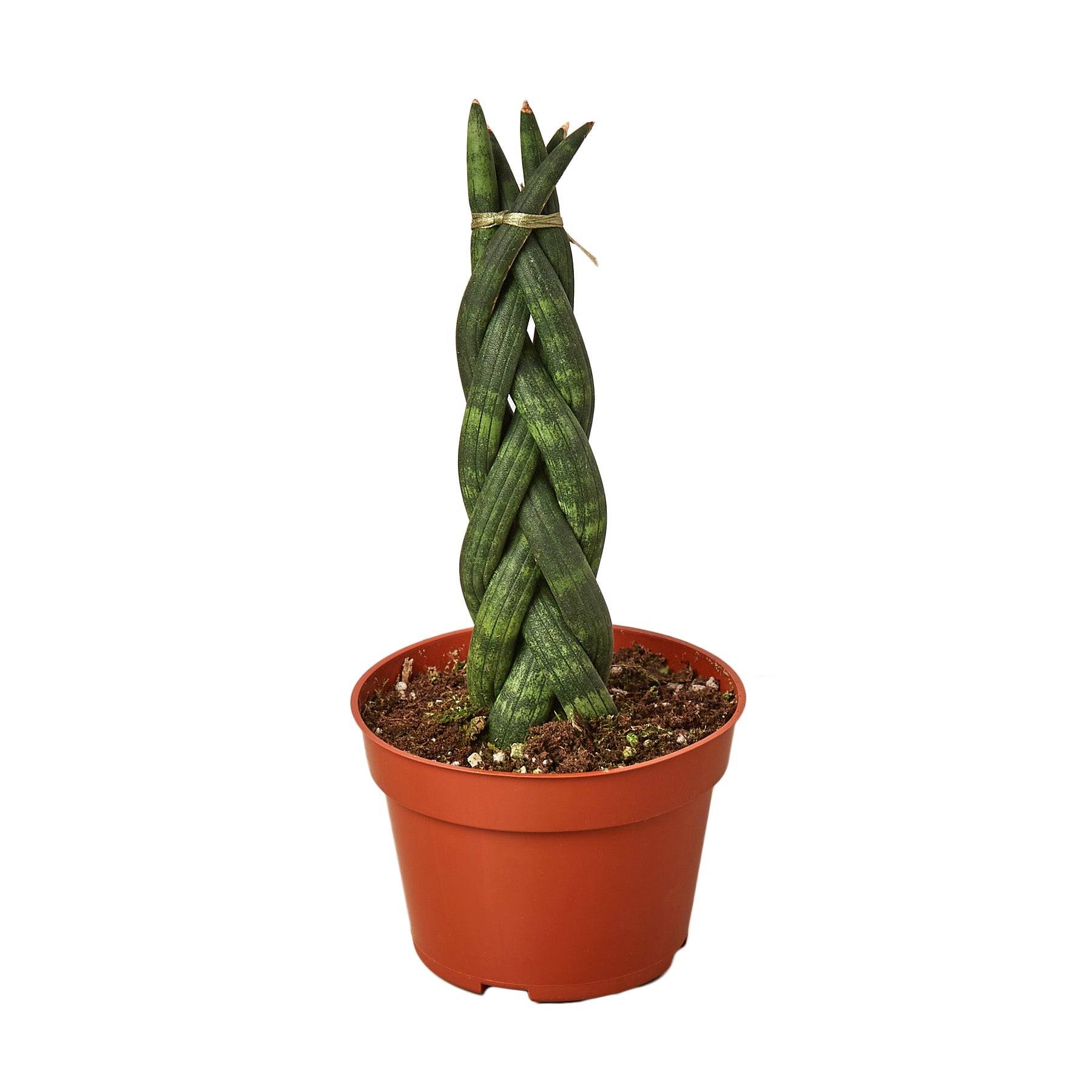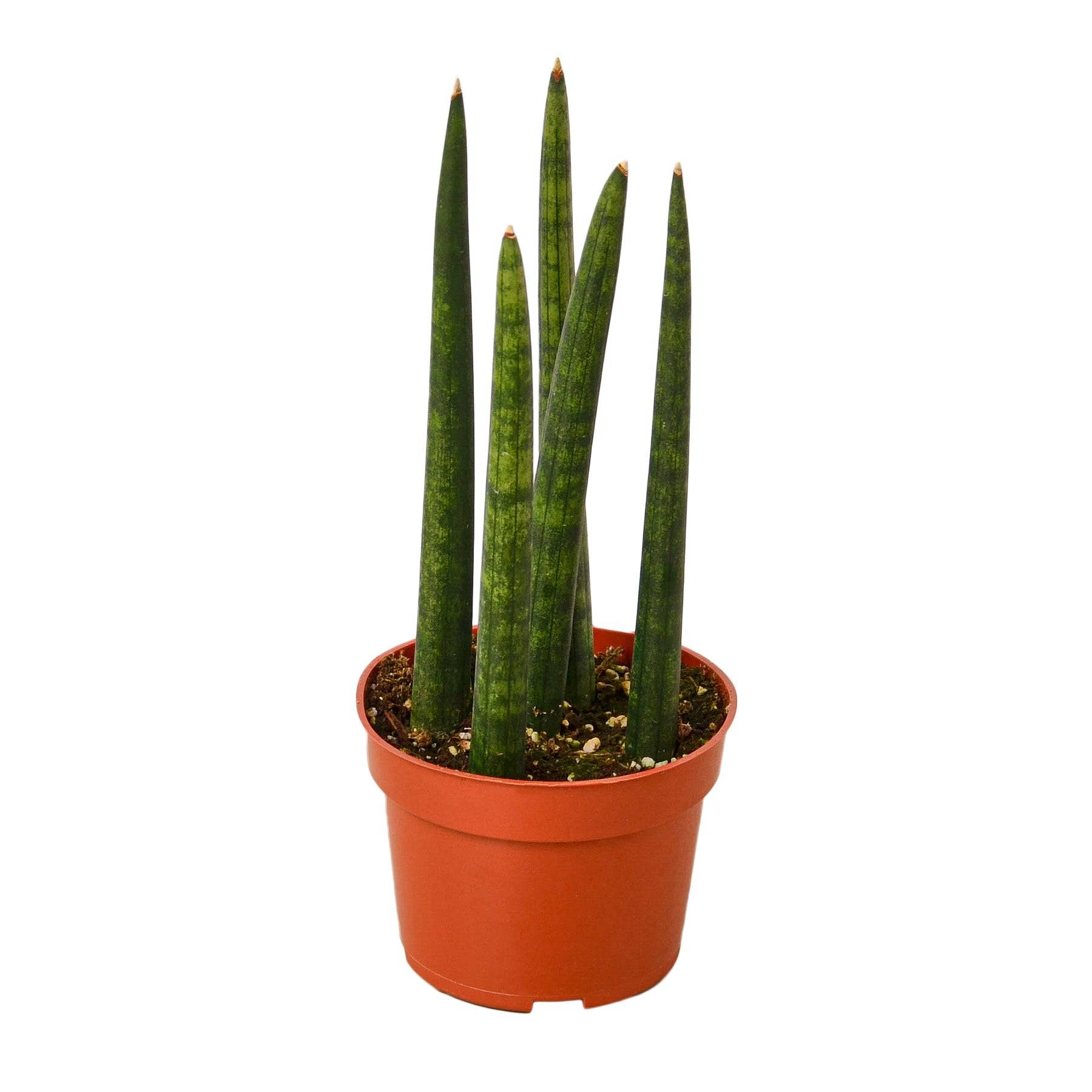Ultimate Go-To Guide for Transplant Shock
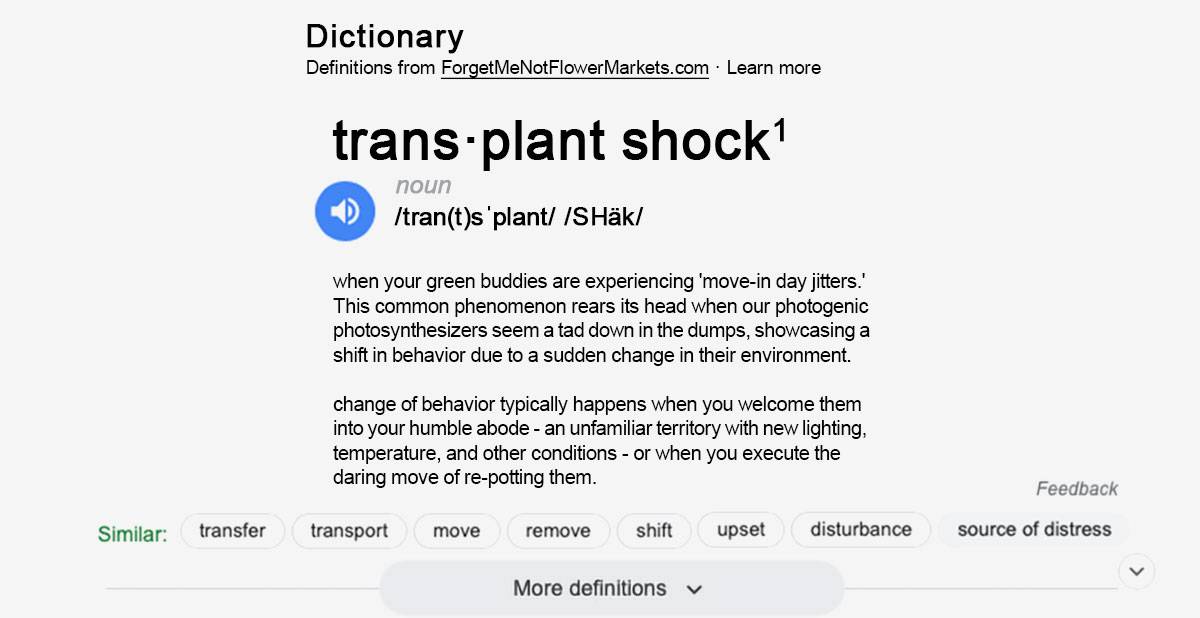
Plants Got the Moving Blues?
Get the Ultimate Go-To Guide for Transplant Shock
Feeling like a powerless plant-parent as your leafy kids sulk after a move? Well, zip that worry bag! We’re here with the plant saver – our miraculous magic tricks to banish transplant shock. We’ll share how to read your plant’s sad leaves, outsmart the shock, and reveal nifty DIY rescues to revive your green friends. So, arm yourself with this helpful tips and shoo away the transplant shock blues!
Got Transplant Shock? Let’s Decode!
Transplant shock meaning: In simple terms, it is a plant’s equivalent of moving day blues. It’s a phenomenon where your green kids show distress or changes in their normal behavior due to a sudden shift in their environment.
Transplant shock may sound like a scary term, but it’s as normal as us humans feeling a bit grouchy after a long trip. The good news is that it’s usually temporary, and your plants can recover over time.
This usually happens when they arrive at their new forever home where they’re unfamiliar with the lighting, temperature, and other conditions or when you re-pot them.
So, how does it happen?
Just as humans need time to adjust to a new environment, plants need time to get used to the new soil mix, pot, location, and other conditions. The stress from these sudden changes can cause your plants to enter a state of shock. During this period, your plants might exhibit several symptoms like wilting, yellowing or browning of leaves, or stunted growth.
Transplant Shock – What’s the Fuss?
Imagine packing your life, moving to Mars, and adjusting to a new lifestyle. Tough, right? That’s exactly what your plants feel during a transplant! Abrupt changes in their cozy soil bed, sunshine time, and room temperature can be shocking. Everyone gets flustered, from your dainty flower pot dwellers to your towering tree big shots. But worry not! With some love, care, and patience, you can ensure they bounce back happier than ever.
Transplant Shock Treatments – Home Remedy? Yes, Please.
Now, transplant shock isn’t a pre-ordained prophecy, my chlorophyll-hearted chums. You can dodge that plant plight by playing it smart and using a pinch, maybe even a dash, of forethought. Remember, you’re not just a plant parent, you’re a leafy lifesaver, turning transplantation glooms into blooms. Grab your armor – your watering can! And let’s get those plants growing, greening, and grinning.
Sweetening the Deal with Sugar Water
You might be wondering – “Can I use sugar water for transplant shock?”
Sugar water can help alleviate transplant shock, especially in young plants and seedlings. Sugar is a source of soluble energy that the plant can immediately utilize for root growth and establishment in the new environment. Specifically, the glucose in sugar water can stimulate the plant’s recovery process.
Here’s a simple sugar water recipe that you can try:
- 1Add 1 teaspoon of granulated sugar to 1 liter of water.
- 2Stir the mixture until the sugar dissolves completely.
- 3Water your transplanted plant with this sweet solution immediately after transplanting.
Epsom Salt – The Secret Ingredient for Transplant Blues
Yes, you heard that right! Epsom salt isn’t just for relaxing bath soaks – it’s also an undercover plant superhero. If your green babies are struggling with moving-day blues (or what we plant nerds call ‘transplant shock’), Epsom salt is your go-to home remedy.
Why Epsom Salt Works Wonders
Epsom salt, also known as magnesium sulfate, is like a health spa for your plants. The magnesium boosts plant health by aiding in crucial plant functions such as photosynthesis, while the sulfur promotes vibrant and healthy growth.
How to Use Epsom Salt for Transplant Shock?
Don’t start dousing your plants with a bag of Epsom salt just yet! Here’s a simple solution to soothe those transplant shock woes:
- 1Mix 1 tablespoon of Epsom salt per gallon of water.
- 2Pour this Epsom salt mix into the planting hole before introducing your green kid to its new home.
- 3You can then water your plant with the same Epsom salt solution right after transplanting to give it that extra boost.
Voila, it’s as simple as that! But remember, while Epsom salt can undoubtedly help in the recovery phase, it’s not a comprehensive rescue plan.
Share Article
Latest articles
May 11, 2024
May 11, 2024

